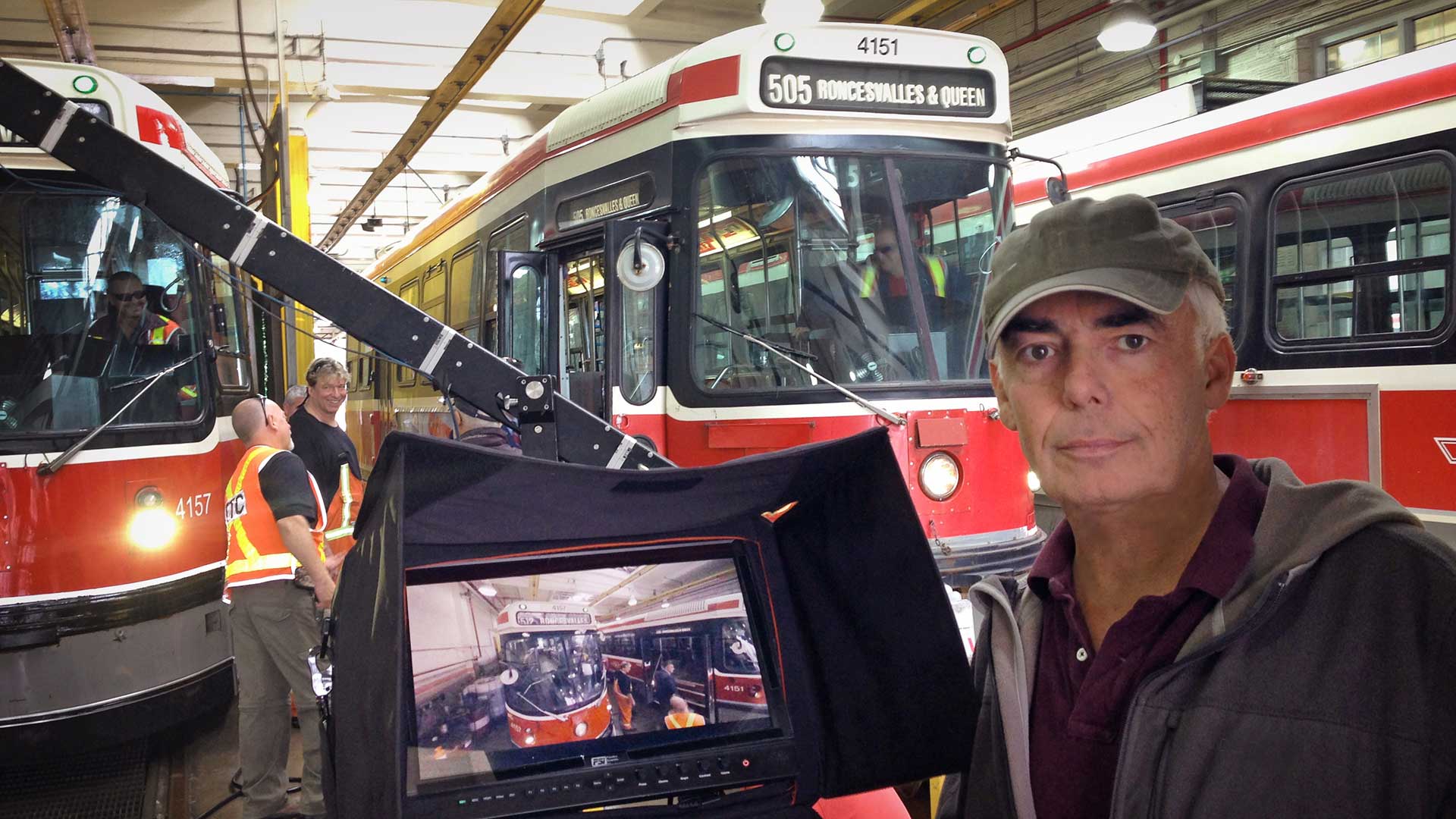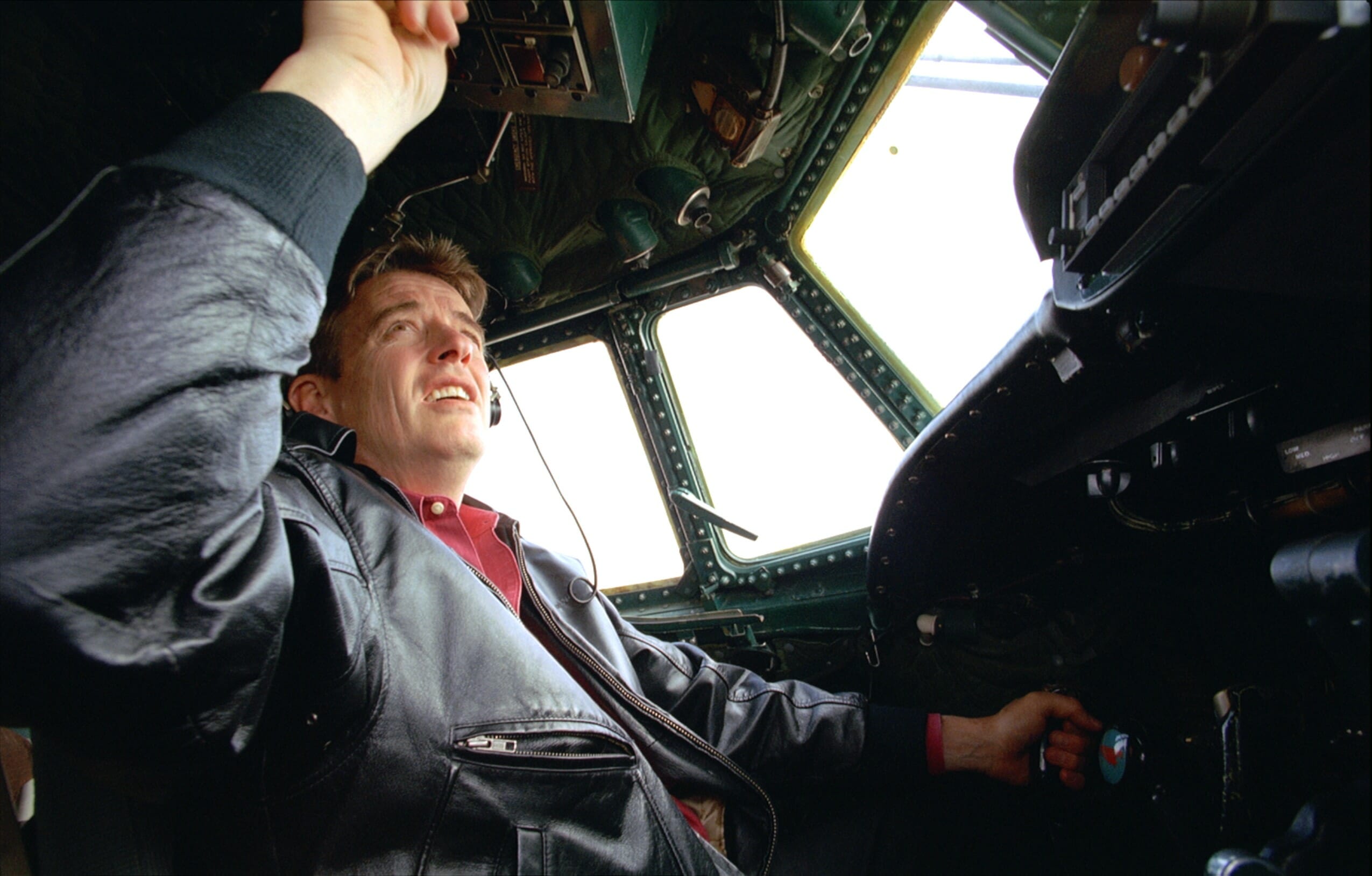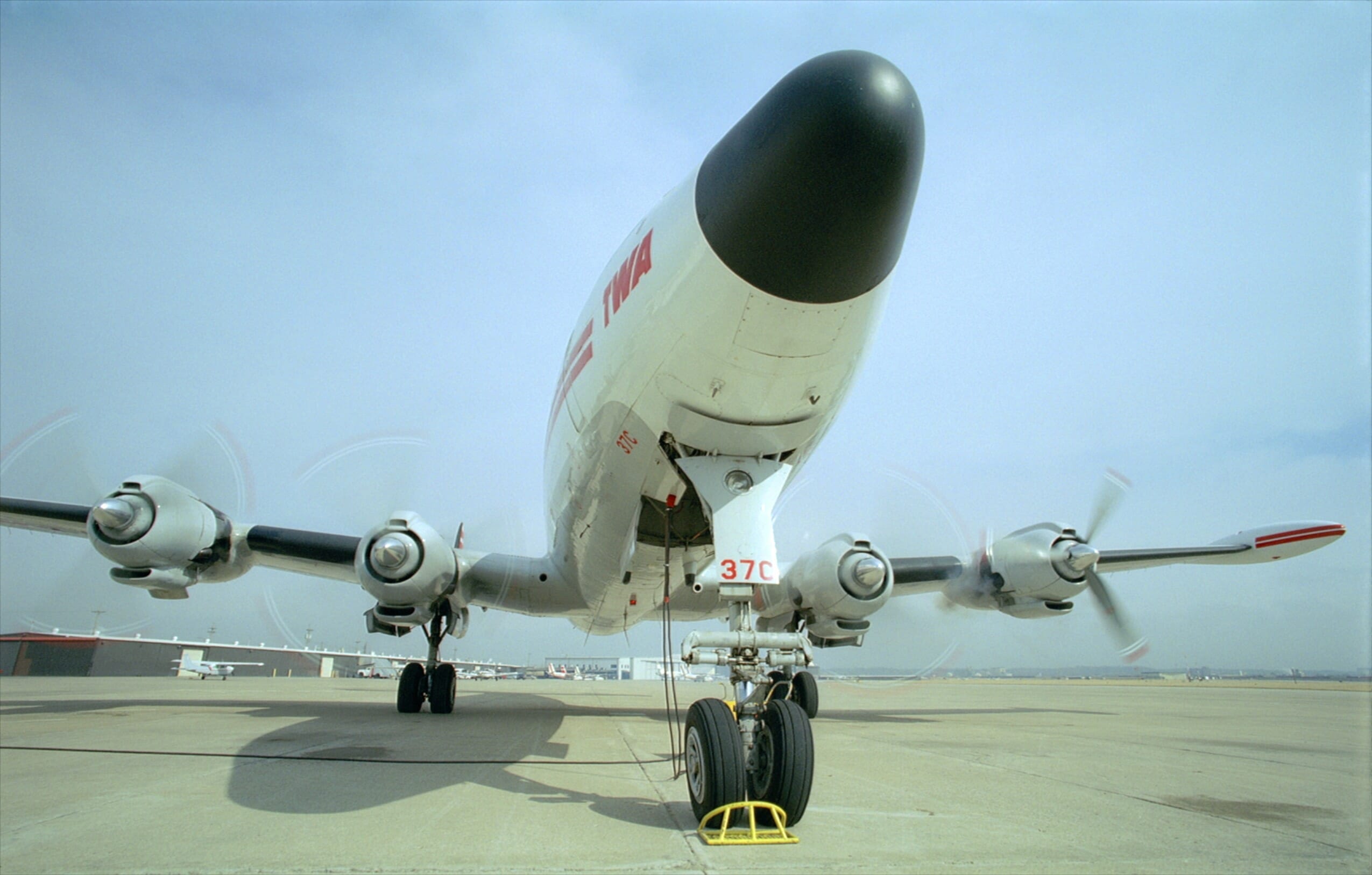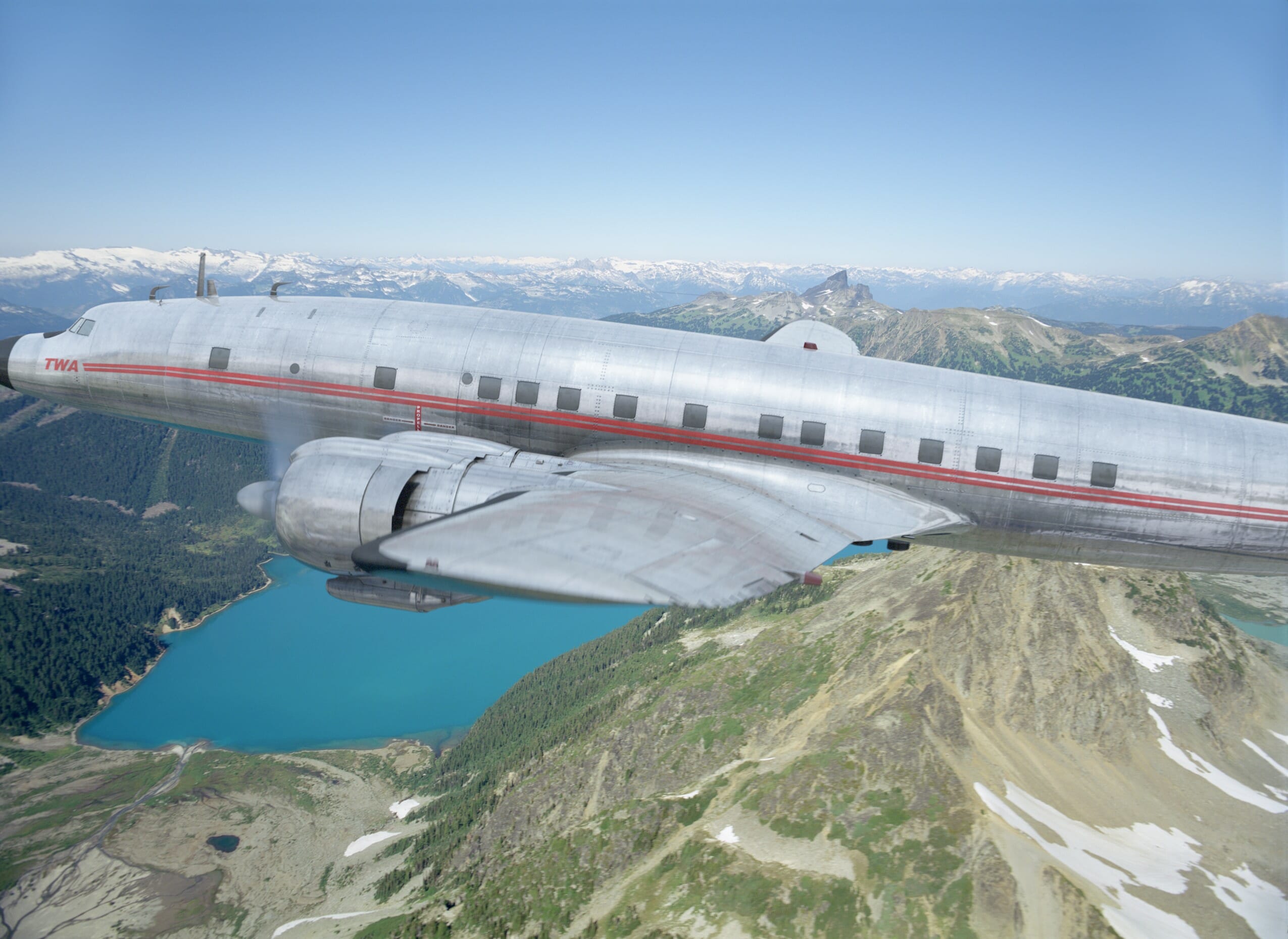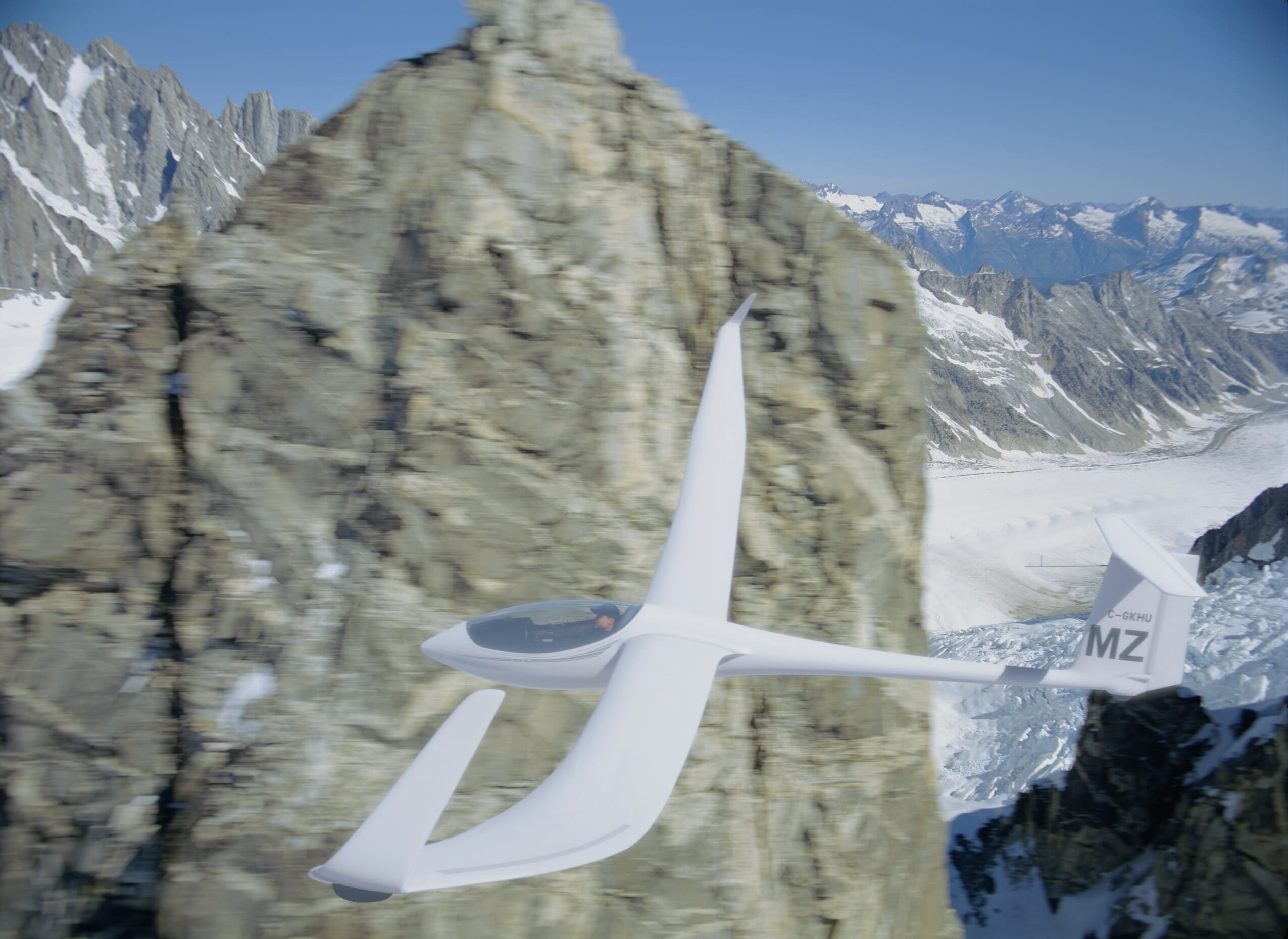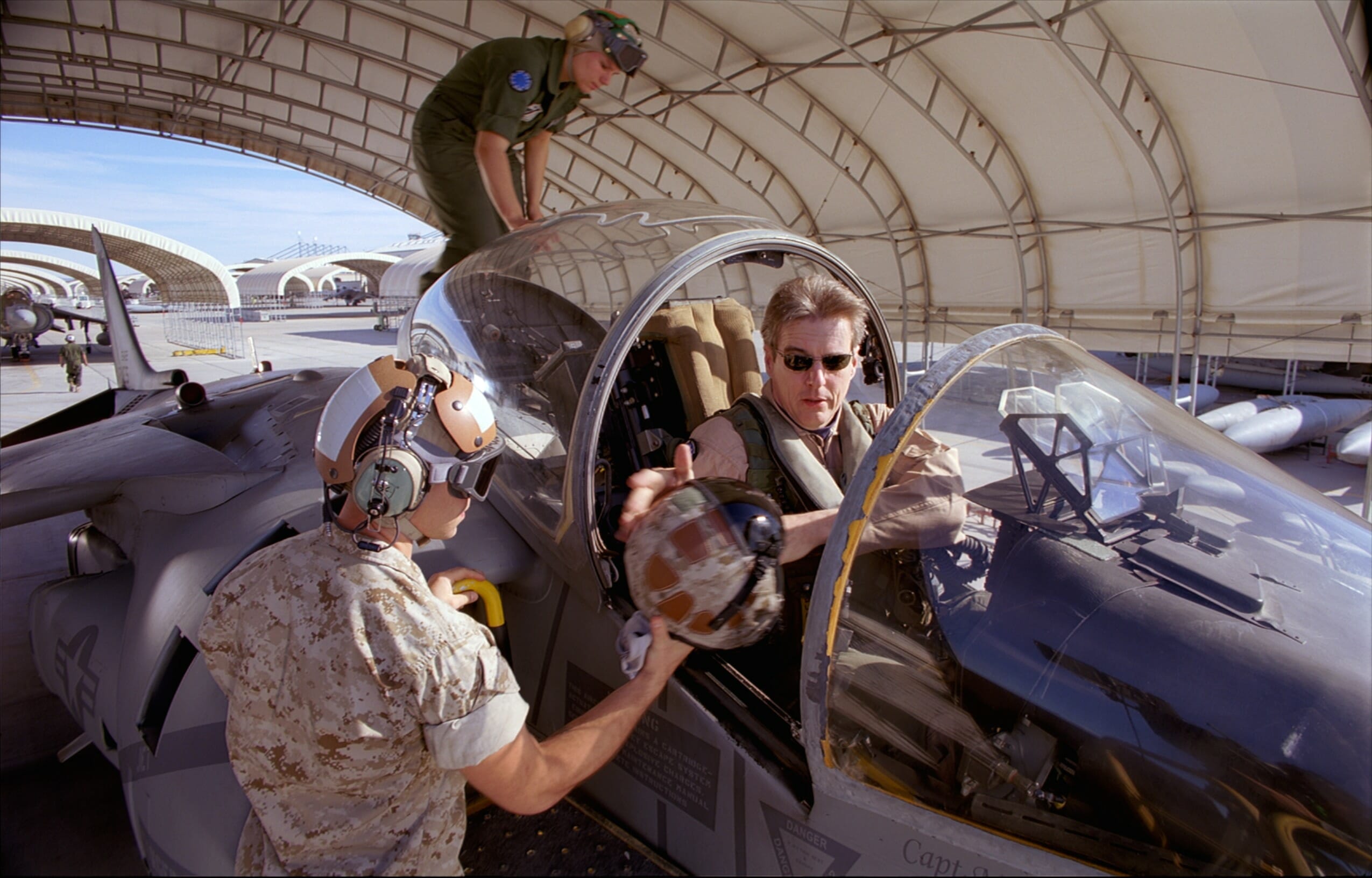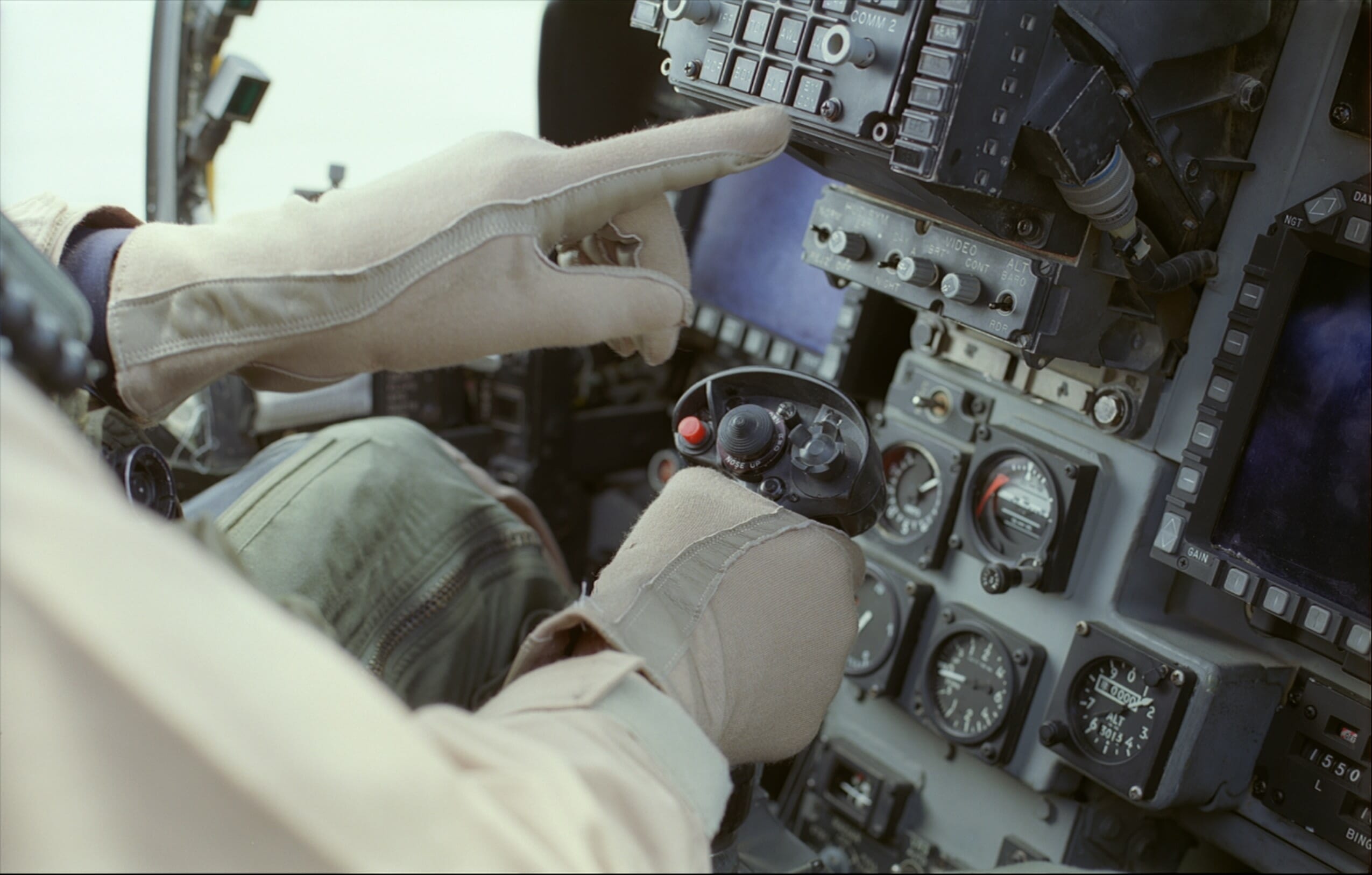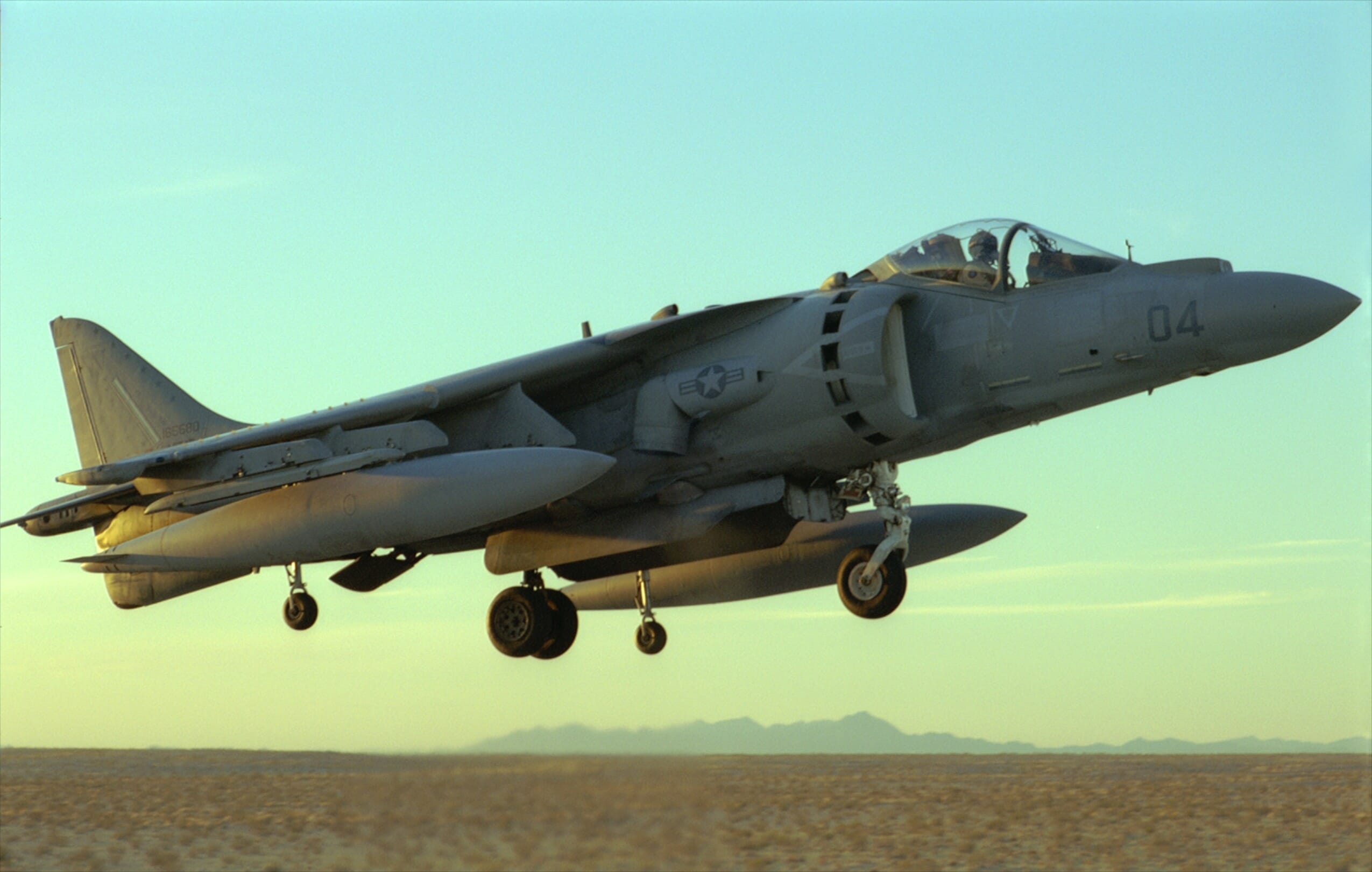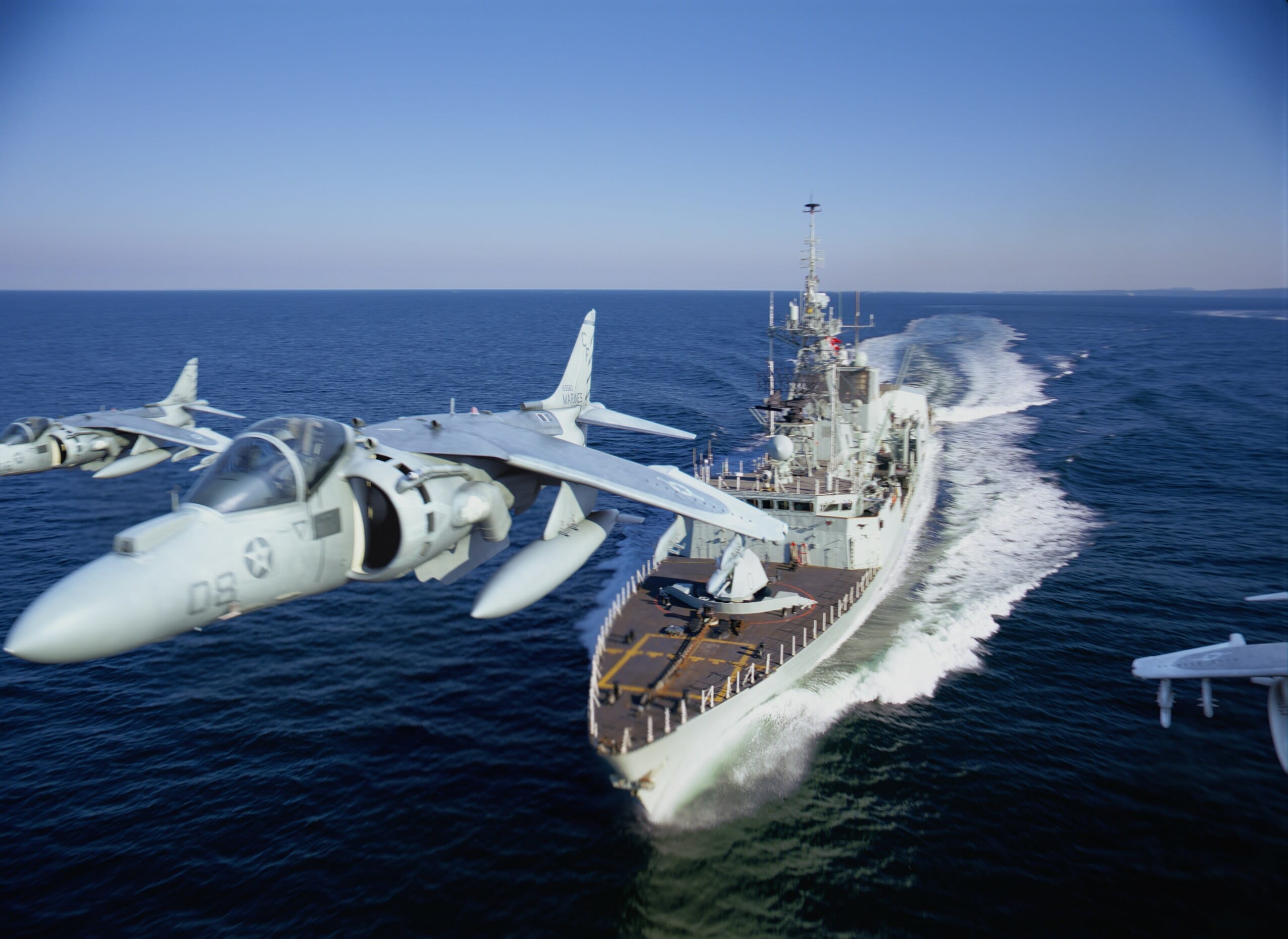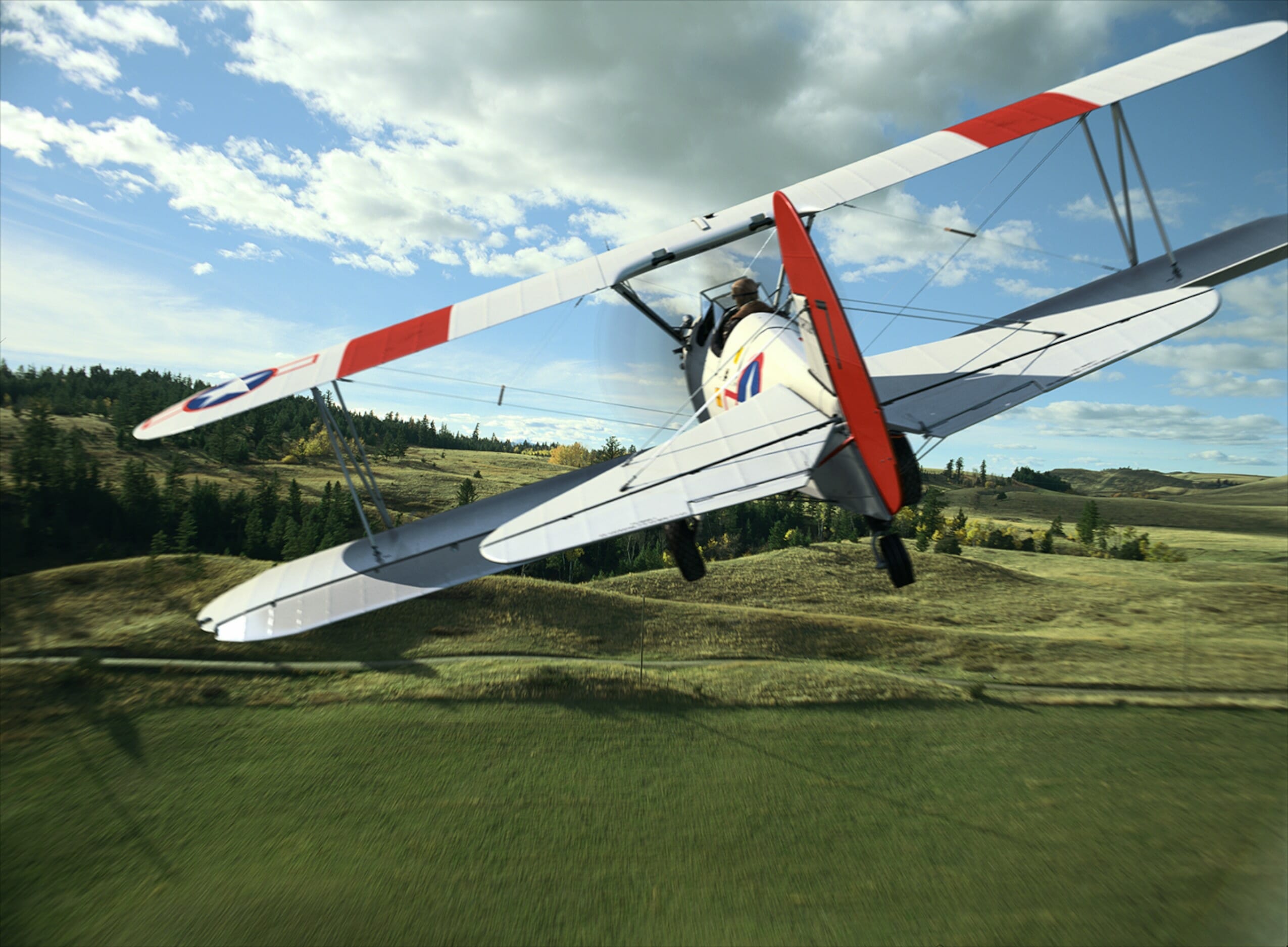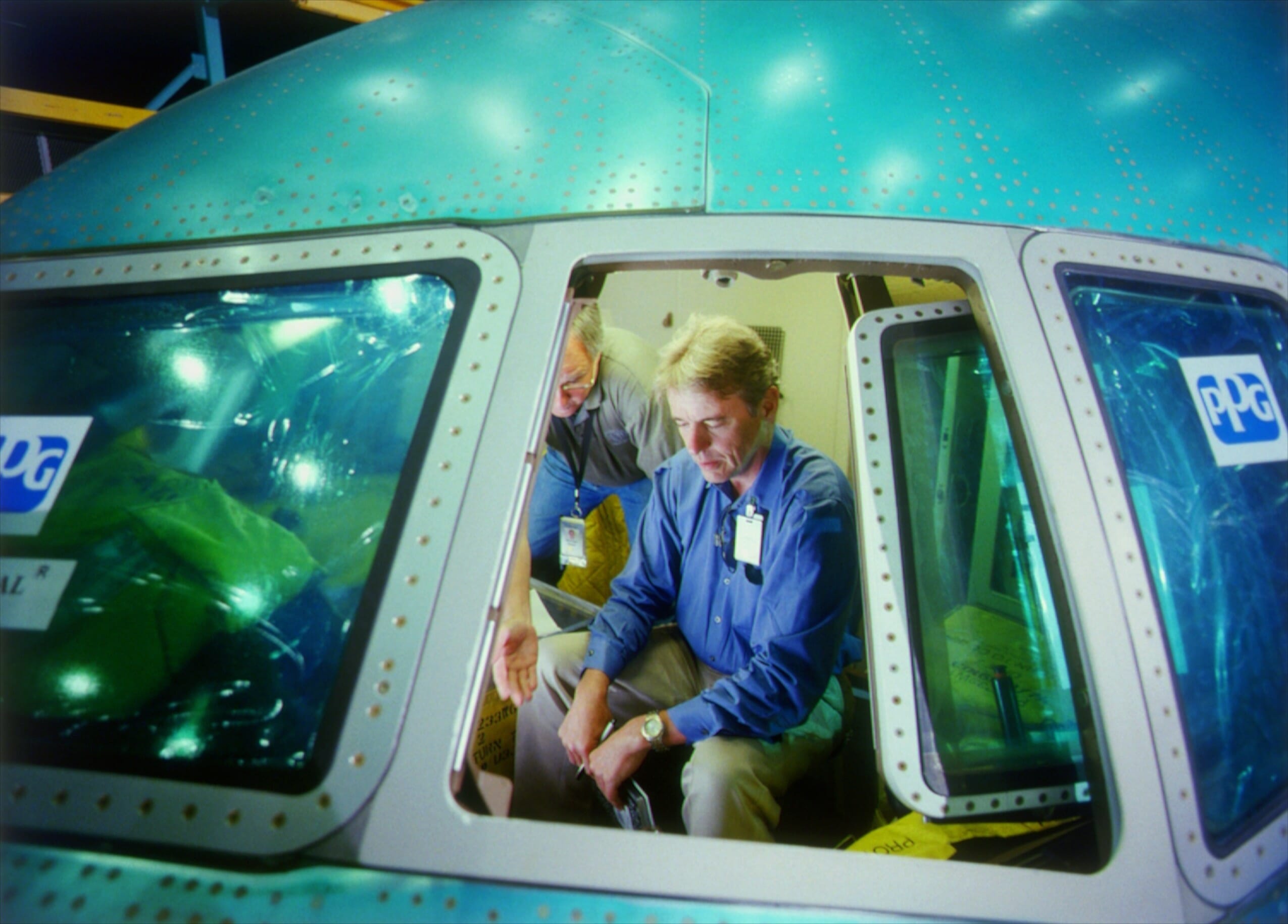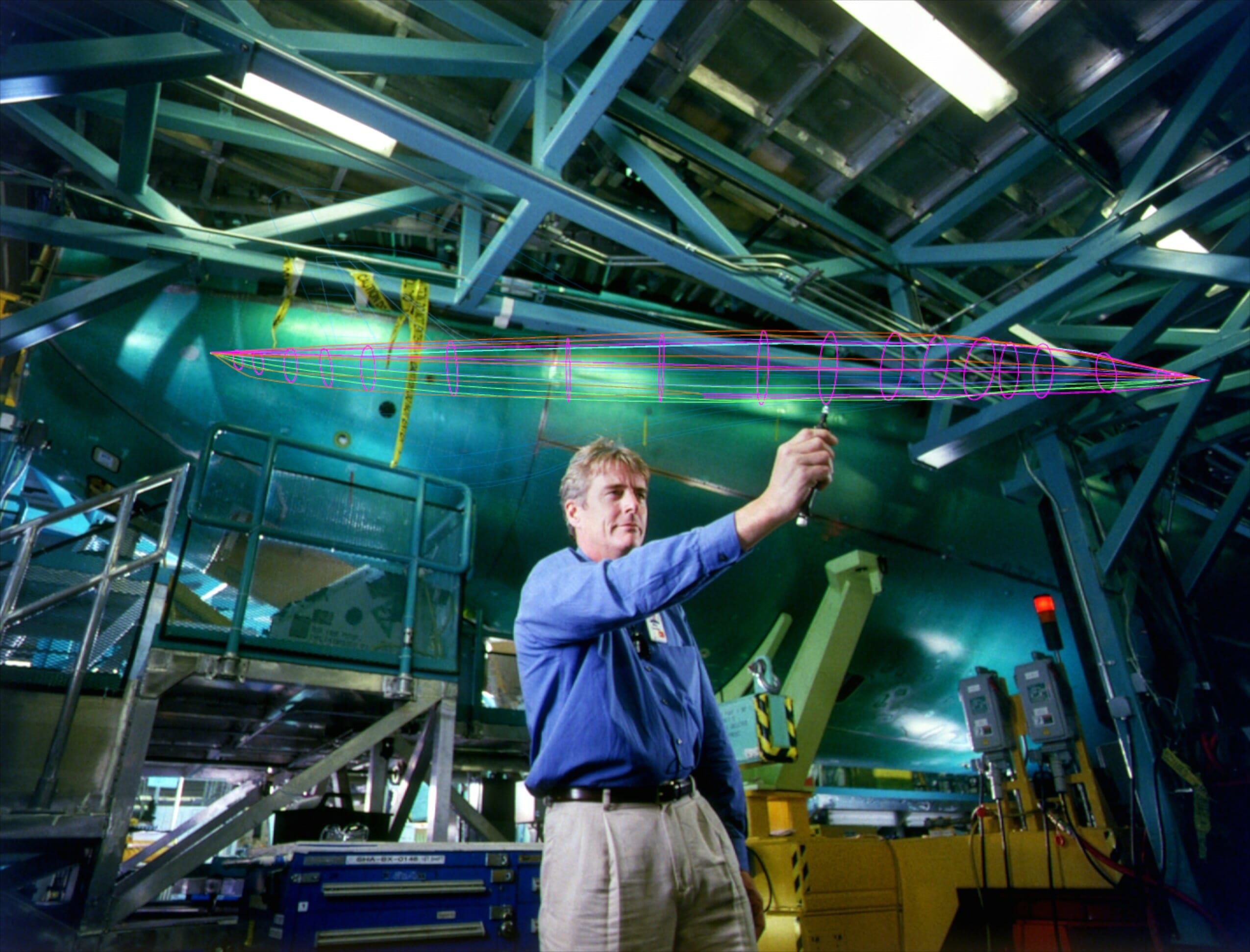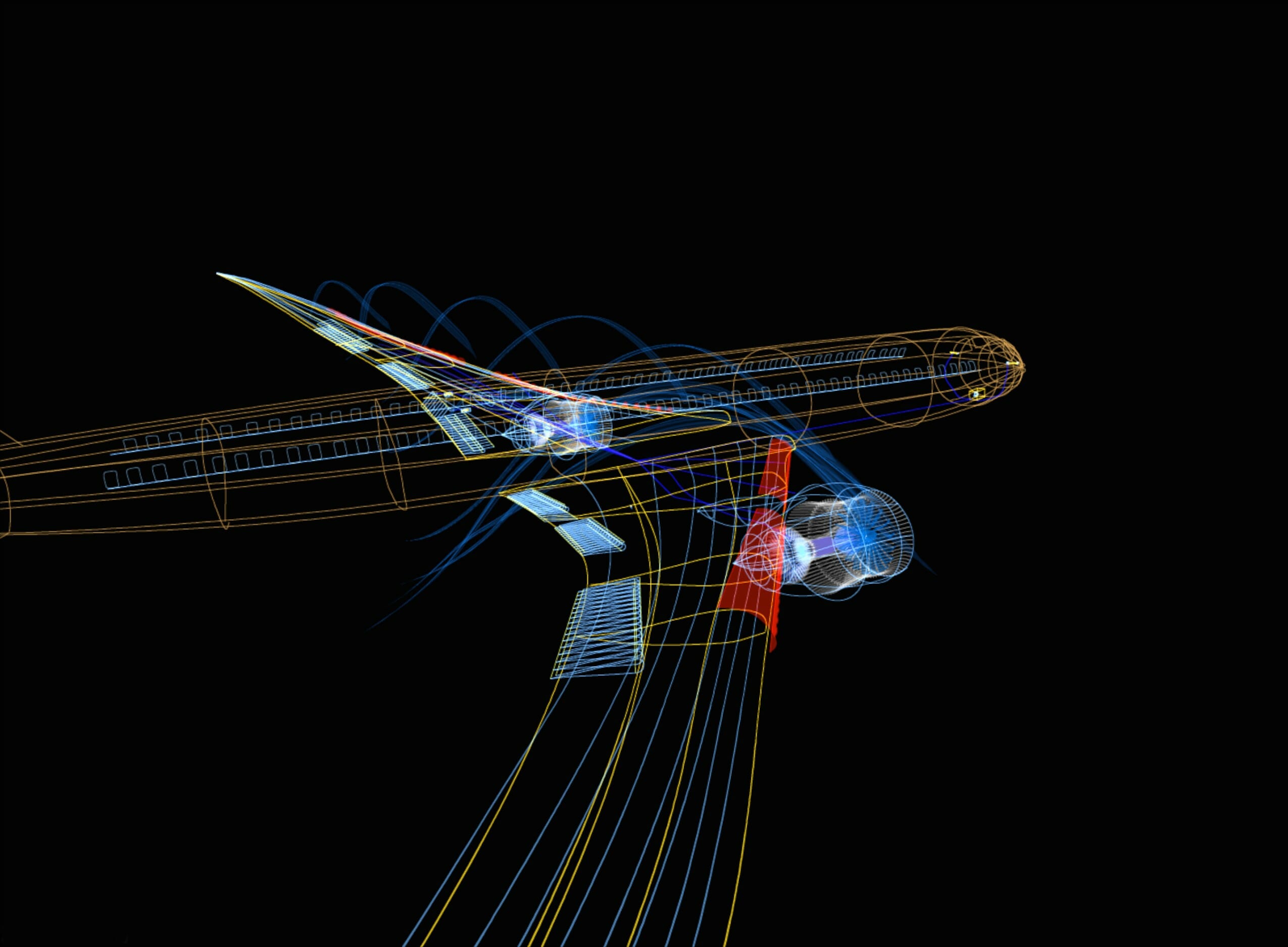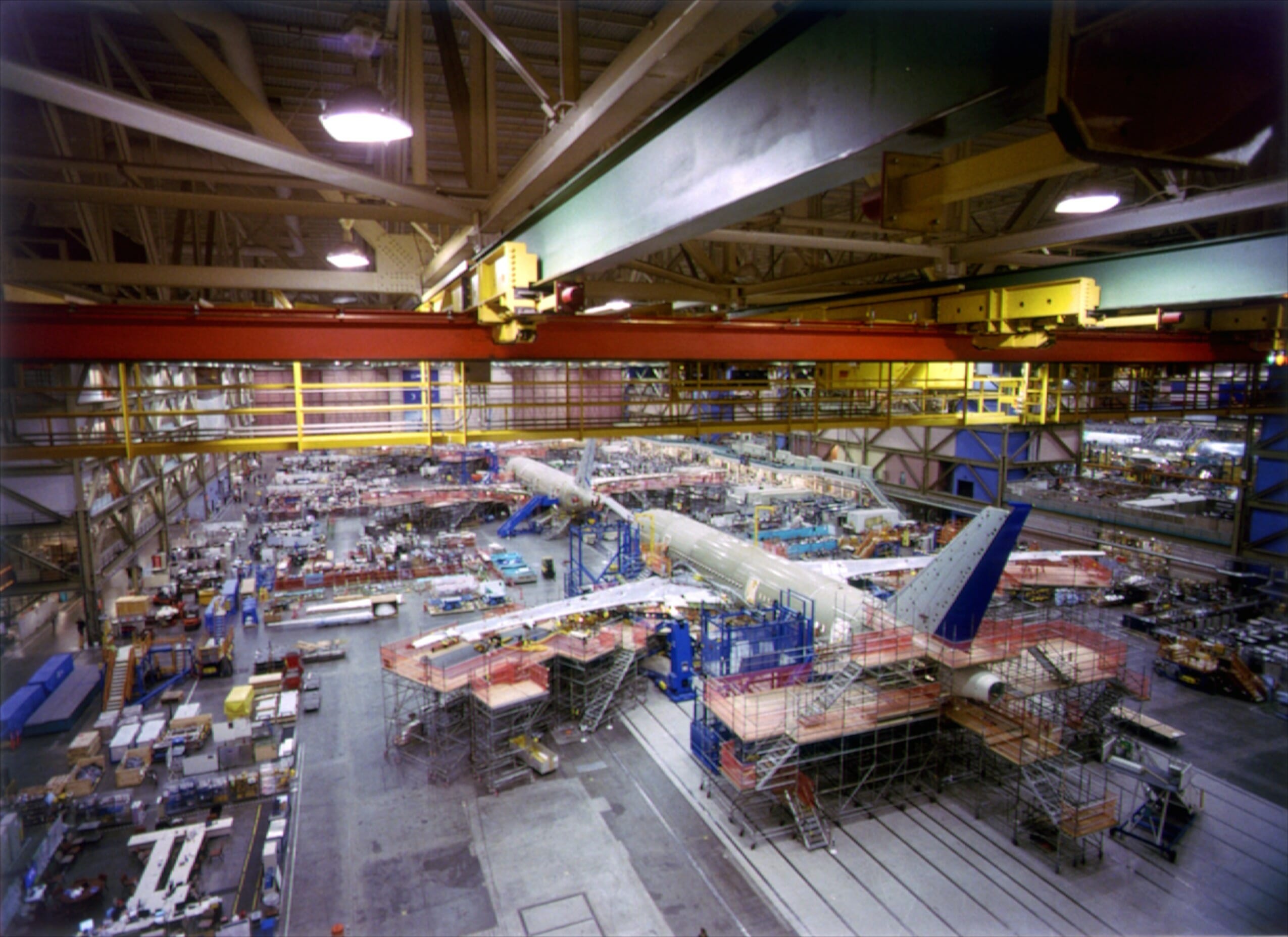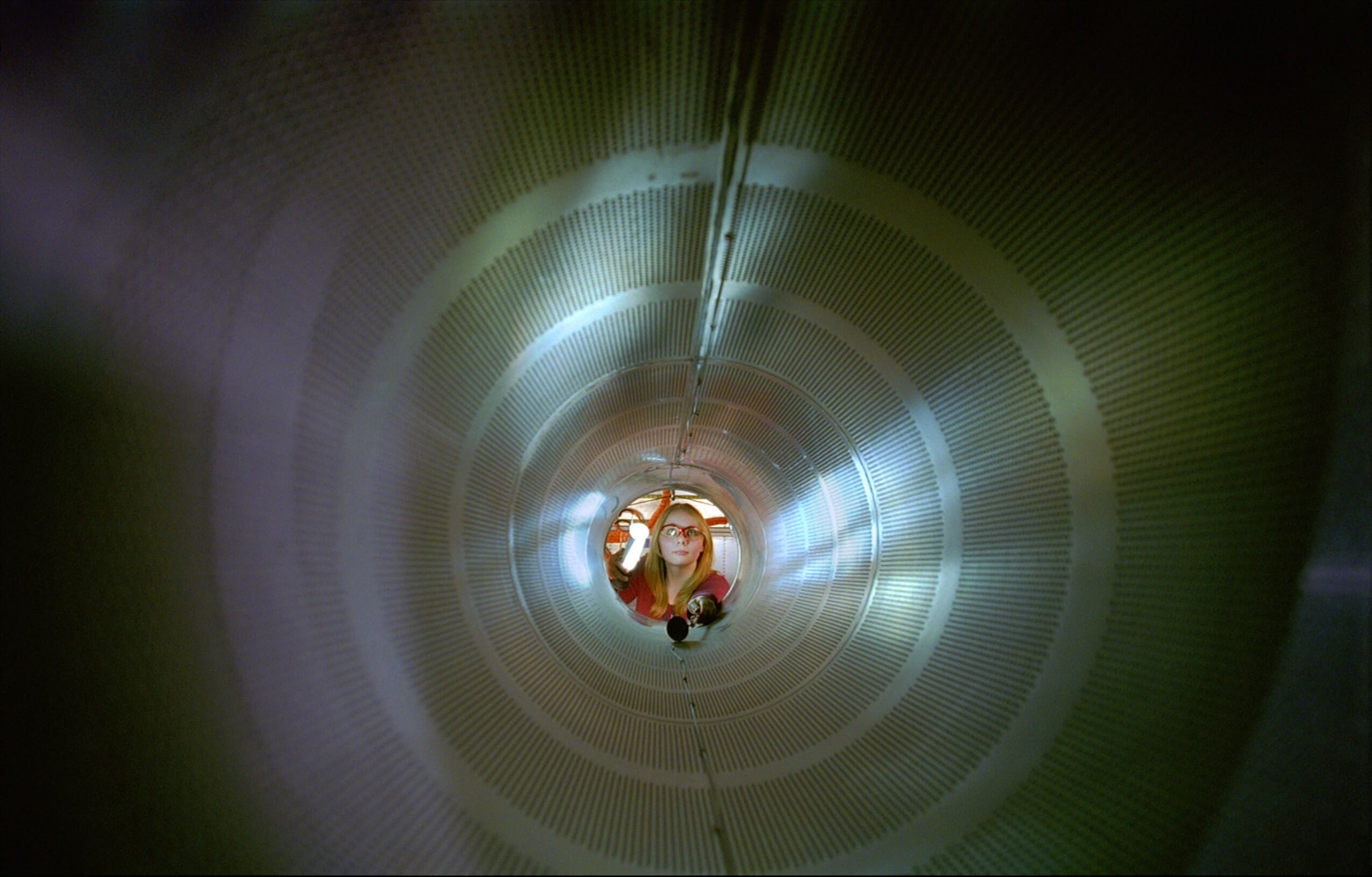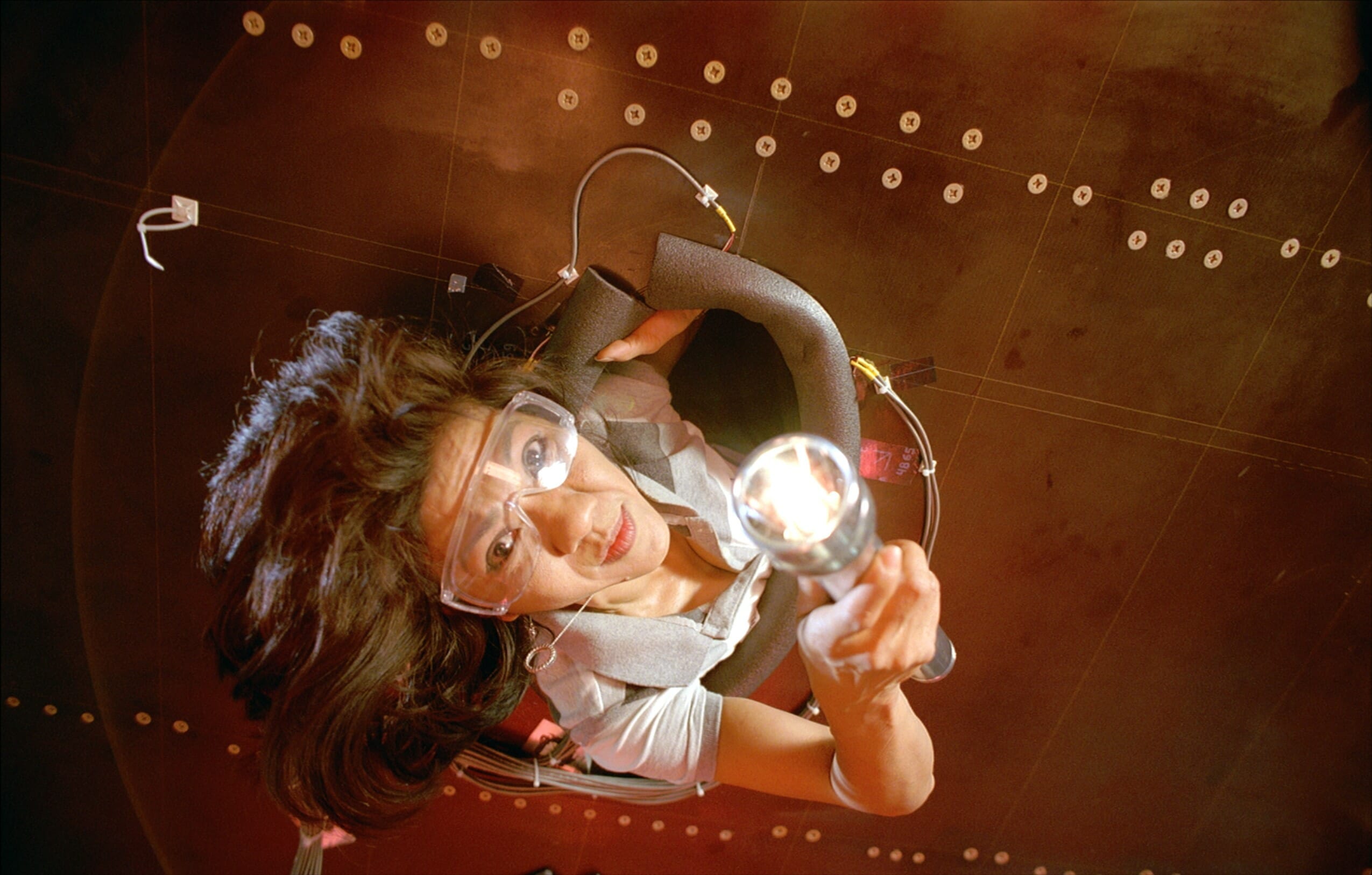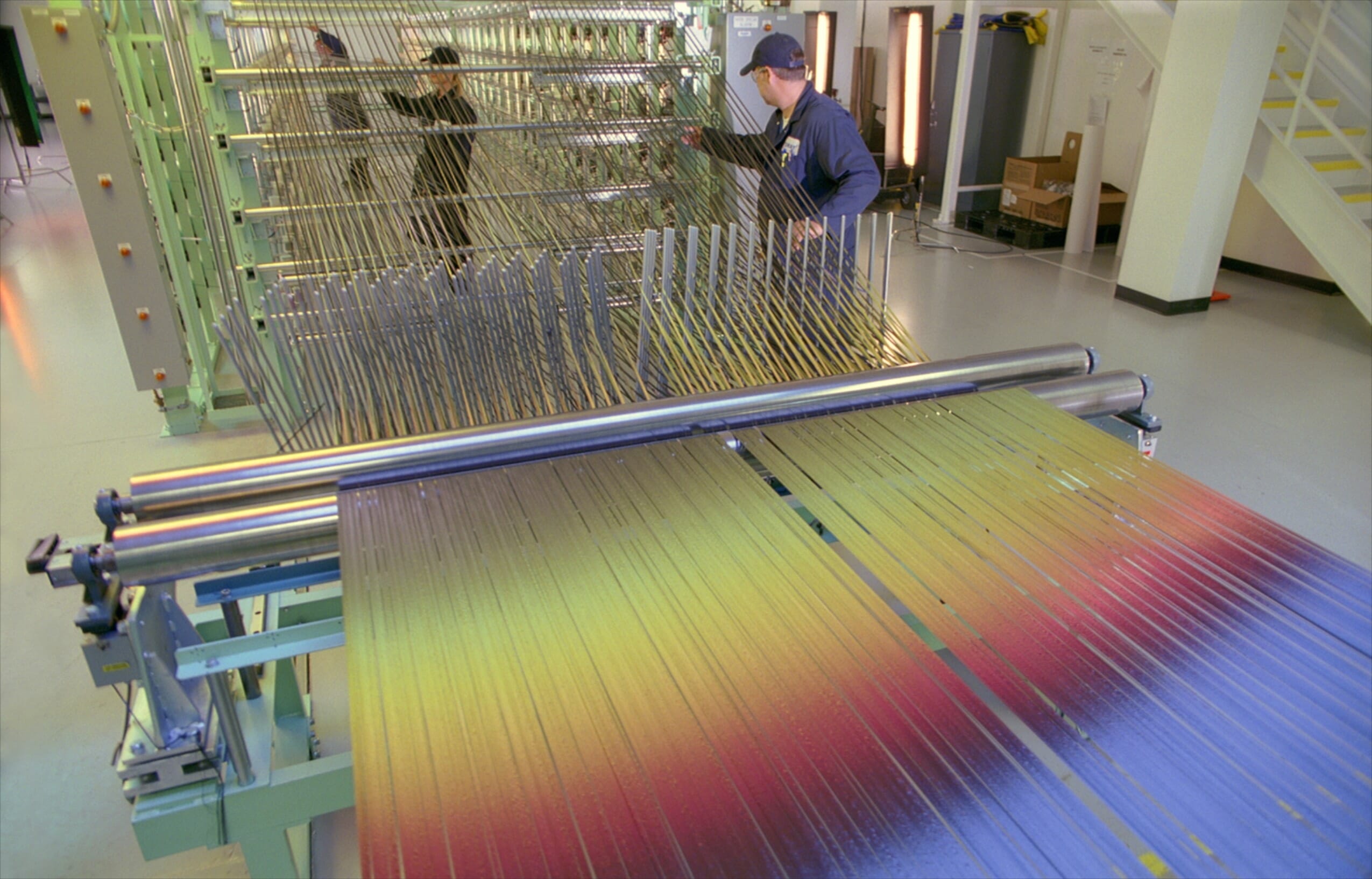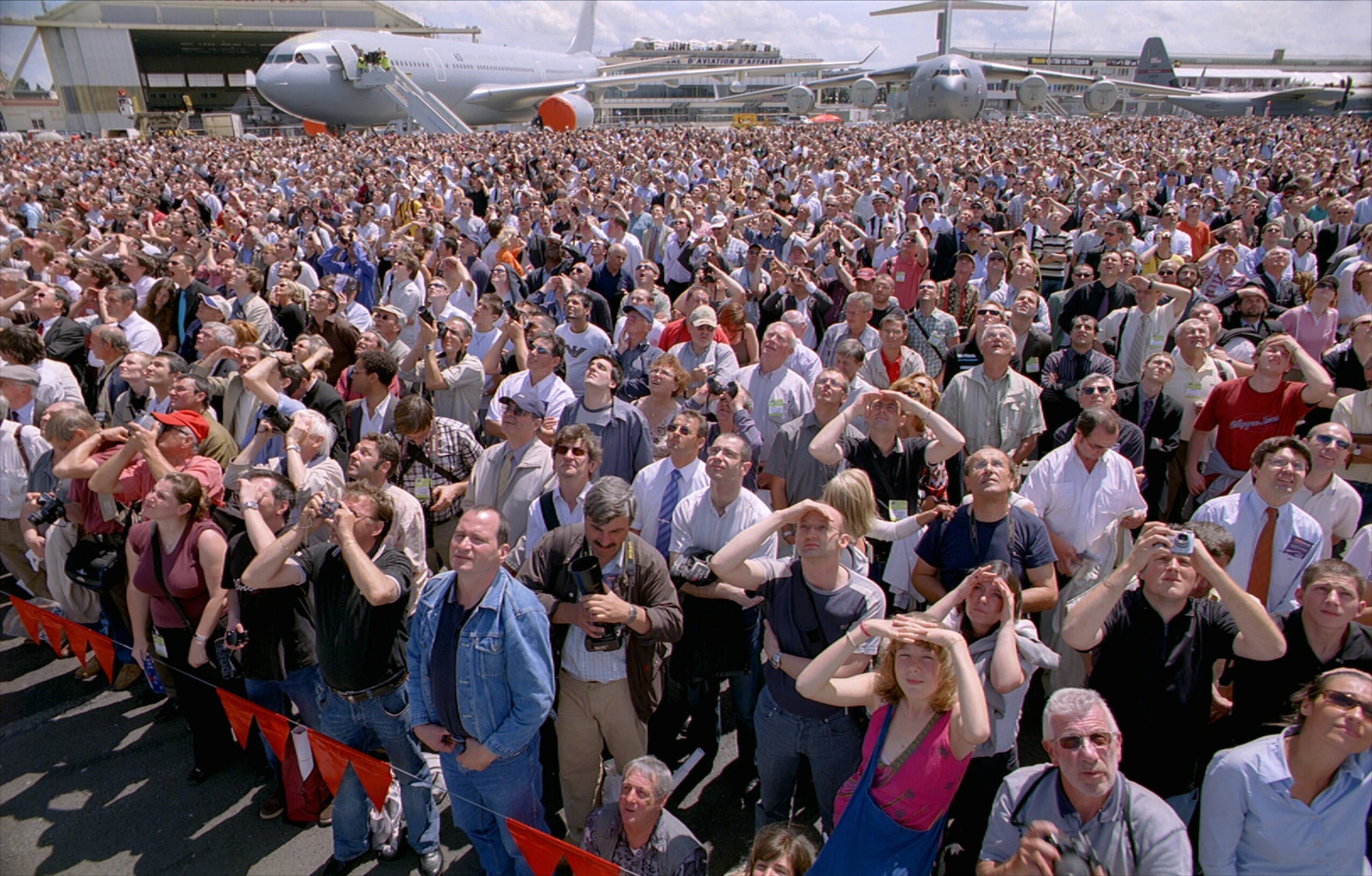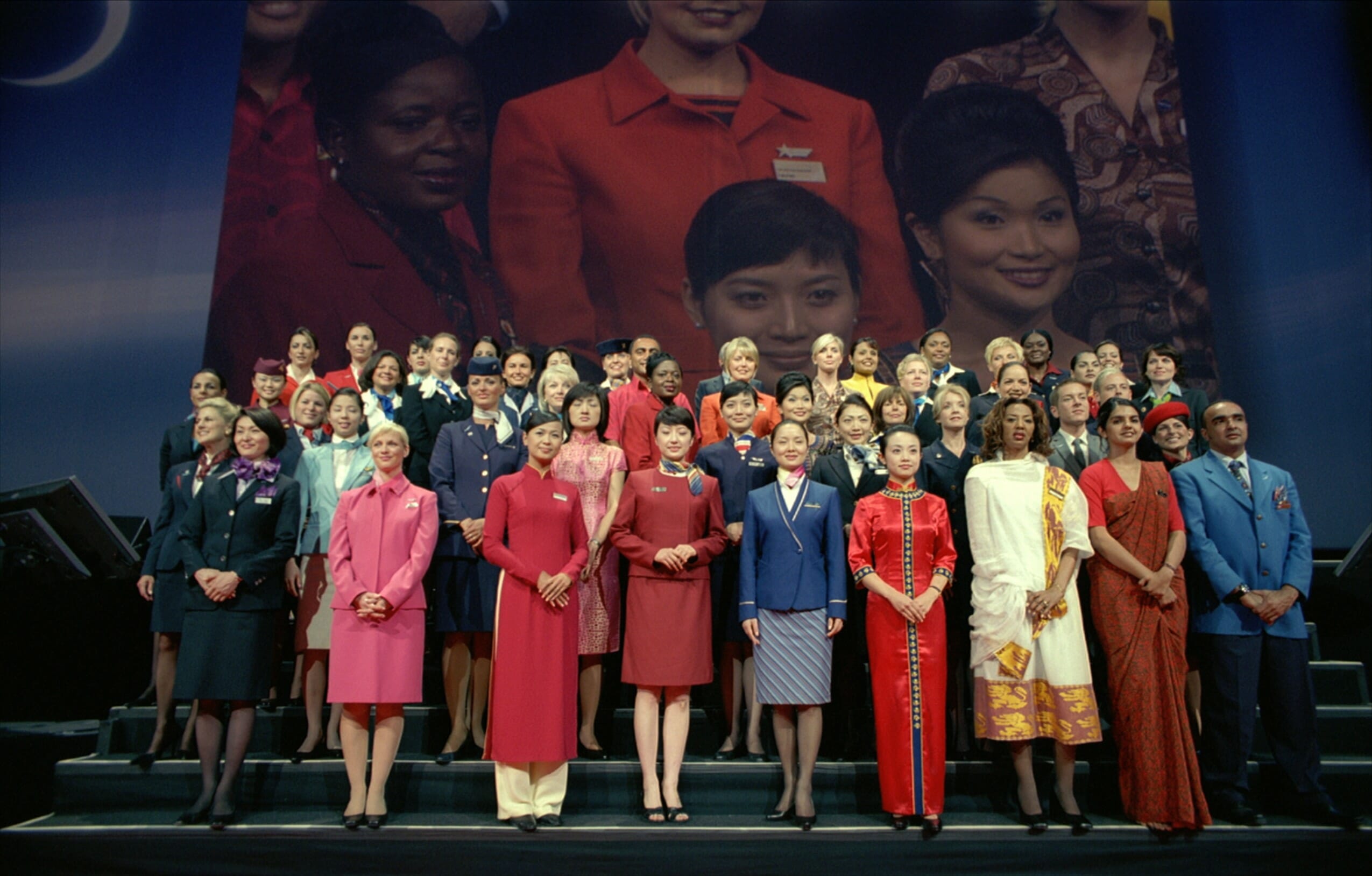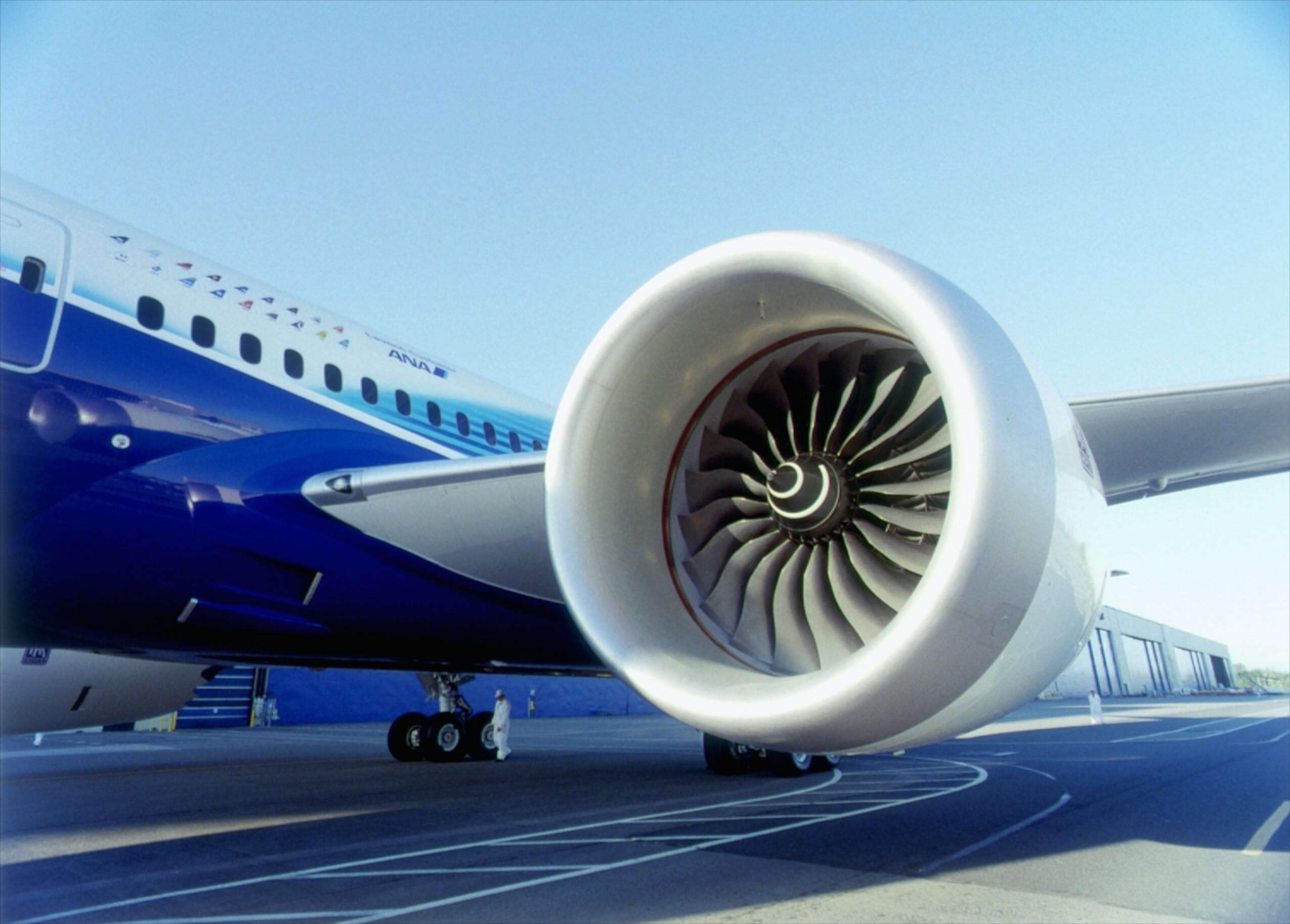


Secrets of the Universe
Secrets of the Universe
About the Film
Secrets of the Universe captures the excitement and groundbreaking science unfolding at the Large Hadron Collider at CERN–one of the largest scientific enterprises ever undertaken by humankind.
Synopsis
Galileo looked to the heavens, expanding our vision beyond our own planet. Einstein sought to understand the universe with math and a chalkboard and was perplexed by activity at the quantum level. The truth remains—there is still so much we do not know.
In Secrets of the Universe, narrator and featured personality, renowned physicist Manuel Calderon de la Barca Sanchez gives his insight on the nature of forces and matter and on the pursuit of science.
Secrets of the Universe is a sweeping, 3D giant screen adventure that immerses audiences in the greatest mysteries of our time—puzzles spanning from the infinitesimal to the infinite—and introduces the brilliant minds seeking to unravel them.
The answers await at the collision points of intellect and imagination, of theory and experiment, of the tiniest particles and the most powerful forces in the universe.
Travel with scientist Manuel Calderon de la Barca Sanchez as he journeys to the largest machine ever built, the greatest scientific instrument ever created, the Large Hadron Collider (LHC). There, he joins a global team working to uncover another amazing breakthrough in this new world of technology-driven physics. We get an inside look at the machine and come to understand just what it means to do science, teaming up for the flag of humanity to solve the universe’s greatest mysteries.
We don’t stop with the Large Hadron Collider, though. The machines we’ve built are as diverse as the secrets we’re looking for, and the people looking for them. We travel to the Laser Interferometer Gravitational Observatory (LIGO), the amazing project that recently confirmed Einstein’s century old prediction of the existence of gravitational waves. Humanity is at the edge of unprecedented scientific discovery, and we can all be a part of it!
In Theaters—(where to see Secrets of the Universe)
Official film site: secretsoftheuniversefilm.com
For theater locations: Where-to-see Secrets of the Universe

Trailer
Theme
The Big Question
What is the universe made of? The Large Hadron Collider (LHC) studies the fundamental particles that comprise all forms of matter. The LHC is the world’s most powerful particle accelerator. Located underground along the France-Switzerland border near Geneva, it took 10 years for the European Organization for Nuclear Research (CERN) to build. The LHC consists of a 27-kilometre circular tunnel surrounded by very powerful superconducting magnets, designed to engineer collisions between beams of particles at speeds approaching the speed of light (300,000 km/s).
HOW IT WORKS
Inside the accelerator, two high-energy particle beams travel at close to the speed of light before they are made to collide. They are guided around the accelerator ring by a strong magnetic field maintained by superconducting electromagnets, which must be chilled to ‑271.3°C – a temperature colder than outer space – using liquid helium.
Thousands of magnets of different varieties and sizes are used to direct the beams around the accelerator, bending and focusing them as necessary to increase the chances of collision. The particles are so tiny that the task of making them collide is like firing two needles 10 kilometres apart with such precision that they meet halfway. The beams inside the LHC are made to collide at four locations around the accelerator ring, corresponding to the positions of four particle detectors – ATLAS, CMS, ALICE, and LHCb.
WHY IT MATTERS
The LHC’s Higgs discovery provides the missing piece to the Standard Model of particle physics. The Standard Model explains how the basic building blocks of matter interact, governed by four fundamental forces: the strong force, the weak force, the electromagnetic force, and the gravitational force. It has been an incredibly successful model of the subatomic world, explaining almost all experimental results and precisely predicting a wide variety of phenomena. But it had a glitch.
Some of the particles in the Standard Model emerge without a mass, while experiment shows them to have mass. Robert Brout, François Englert, and Peter Higgs resolved this problem with a theory of an invisible field, now called the “Higgs field,” that gives these particles mass when they interact. The LHC’s experimental discovery of the associated Higgs particle is a major step for the Standard Model.
THE PEOPLE
The LHC is a massive collaboration, involving over 10,000 scientists from hundreds of universities and laboratories in more than 70 countries. This includes not only those responsible for the design, construction, and operation of the collider, but also those that run the experiments and those that analyze the resulting data. Some of the key figures include:
Fabiola Gianotti, Director-General
Frédérick Bordry, Director for Accelerators and Technology
Eckhard Elsen, Director for Research and Computing
The Production
Production Notes
Initial production work for the project began in late 2014 with research and shooting at the CERN super-collider facility which sits astride the Franco-Swiss border near Geneva. The film premiered at the National Air and Space Museum in Washington, D.C. in 2019.
About the Film
- Production Format: Digital
- Duration: 45 min.
- Released date: 2019.
- Produced by: Stephen Low Productions Inc.
- Distributed by: K2 Communications Inc. / The Stephen Low Company
- Available for license: IMAX Digital
- Official film site: https://secretsoftheuniversefilm.com
Credits
- Writtten and Directed by Stephen Low
- Directory of Photography: Tristan Breeuwer
- Featuring: Manuel Calderón de la Barca Sánchez
- Executive Producers: Mark Kresser, Robert Kresser, Pietro L. Serapiglia
- Produced by: Stephen Low
- Co-produced by: Pietro L. Serapiglia
- Edited by: James Lahti
- Lead project consultant: Greg Dick
- Executive in charge of production: Dougal Caron
- Line Producer: Michel Chauvin

Beavers
Beavers
The Director’s Cut
Welcome back the furry critter that changed the landscape. Three decades after its original release, Beavers, the worldwide family favorite, returns to giant screen theaters better than ever. Filmed with IMAX® cameras entirely in 15perf/70mm motion picture negative and digitally remastered at 8k for IMAX with Laser and other digital systems, the new Beavers “Director’s Cut” features spectacular new aerial wilderness scenes and a soundtrack remastered with 12.1 surround-sound for maximum impact.
First released in 1988, Beavers was the first giant screen feature with a natural history focus on a single creature. Exhibited in IMAX® and other giant screen theaters, the film’s furry stars and their story garnered awards and drew extensive family and school audiences and more than 10 million viewers across the planet. Beavers has screened in 21 countries in 17 different languages and remains distinctively, “the Biggest Dam Movie…Anyone Ever Saw” and for the choosy, the ultimate giant screen treat. The film is now set to wow new generations of audiences.
Synopsis
Set against the stunning and rugged backdrop of the Canadian Rocky Mountains, Beavers tells the story of a family of beavers as they grow, play and transform the world around them. The film begins with two beavers off to find a place to build a new home. Fighting adversity and exhibiting enormous perserverence, the pair build a lodge, raise a family and transform their habitat on an astounding scale.
With the giant screen relaunch of Beavers, new generations of movie-goers will have an opportunity to adventure in the Rockies, swim with this shy, hard-working creature, and discover its remarkable contribution to the natural world.
In Theaters—(where to see Beavers)
For theater locations: Where-to-see Beavers

Trailer
Theme & Inspiration
The beaver, nature’s greatest engineer and a patient builder of wetlands, remains a key player in North American ecosystems—more vital than ever in an era of shifting climate conditions. The wetland environments shaped by the beaver help reduce major flood events and maintain biodiversity. Although its natural habitat continues to be eroded worldwide, in recent decades, beavers have been reintroduced to a number of regions across the Eurasian continent in efforts to help restore and maintain wetland habitat. With the giant screen relaunch of Beavers, new generations of movie-goers will have an opportunity to adventure in the Rockies, swim with this shy, hard-working creature, and discover its remarkable contribution to the natural world.
When it was first released, the film’s intimate portrayal of the beaver and its aquatic world helped usher in a new era of giant screen natural history filmmaking and encouraged the introduction of IMAX theaters in natural history museums. In 2004, Beavers became the fifth film ever to be inducted into the Maximum Image Hall of Fame.
The Production
Production Notes
How was the film Beavers made? The article below describes some of the unique challenges that were overcome to put beavers on the giant screen.
In 1986, filmmaker Stephen Low was asked to develop a film concept for the Nagoya Regional Office of the Dentsu Corporation in Japan and their client, the Chubu Electric Power Company. Low suggested a wildlife theme: a true story about one of nature’s greatest engineers, the beaver. The previous year (1985), Stephen Low’s first giant screen film Skyward had debuted at the Tsukuba Expo in Japan. With Skyward, director Stephen Low and a team which included producer Roman Kroitor, wildlife expert William Carrick and director of photography Leonidas Zourdimas, had recorded intimately and unforgettably the elegance of Canada Geese in flight.
With Beavers, the challenge was to produce an equally intimate film about a very different kind of animal. “Our aim” says filmmaker Low, “was to use the amazing resolution and size of the 15/70 format to totally immerse the viewer in the world of the beaver. We wanted to allow the audience to swim and play amongst these creatures, face dangers with them and know their story.”
To tackle the project, a production team was assembled which included: production manager, Pietro Serapiglia; wildlife consultant, William Carrick; and director of photography, Andrew Kitzanuk. The IMAX® camera began rolling in February 1987 near Port Perry, Ontario in frigid waters under nearly 2 feet of ice. Behind the camera for the under-ice sequences, was underwater cinematographer, Mal Wolfe.
Getting the beavers’ story was not an easy operation. The beavers filmed for the production were hand-reared in a natural setting under the care of wildlife expert, William Carrick. Accustomed to the presence of humans, but untrained, the beavers went about their business while a patient camera crew watched and waited for just the right moments. No one involved in the project was completely convinced that enough of the beavers’ behavioral traits would be recorded on film before time and money ran out. The beavers after all, were proceeding at their own pace.
“I think wildlife is probably one of the best uses of IMAX,” says director Low, “because wildlife see things differently than we do and IMAX, more than any other medium, enables us to see and feel and live like they do. The real magic of wildlife in IMAX is that it lets you be with living things in places you’ve never been before; it’s not to see what it’s like to be on a roller coaster which we’ve all been on before anyway.” Low goes on: “The real roller coaster is when you’re flying in formation with a goose or swimming underwater with a beaver and living inside a beaver’s house. It’s cutting down a huge tree and being at the beaver’s perspective when it falls. We simply can’t experience wildlife with that intimacy and reality on television. Wildlife on television is so removed and distant… and more than ever, I think people need an opportunity to see and experience the world of living things around us.”
Much work went into searching for ideal locations for the dam-building and underwater sequences. Director Stephen Low, and production manager Peter Serapiglia, flew and drove over thousands of miles of Alberta territory to find suitable dam sites. In addition, Low spent several weeks in a wetsuit, climbing in and out of rivers, lakes and ponds all over Alberta looking for crystal clear water in which to photograph the beavers’ activities.
The stunning scenery and clear waters of Kananaskis Country, Alberta in the heart of the Canadian Rocky Mountains provided the principal location for the film. Filming above and below water at several different locations and at three different dam sites throughout the area, director Low and crew were able to put together an accurate and detailed portrayal of the dam construction process: from tree cutting to the finished product. The final dam depicted in the film was found in Kananaskis Country and was some 300 feet long.
To capture the mammoth proportions of the final dam and the sweeping extent of the beavers’ transformation of the land, director Low, director of photography, Kitzanuk and the IMAX camera, were suspended in a basket under a 150 foot construction crane and swung in a gigantic arc over the landscape.
In contrast to the all-encompassing view provided by the crane, the team developed a special device to record the life of the forest from the beavers’ point of view. Nick-named the “beaver-cam,” the device was a simple bracket which allowed the heavy IMAX camera to be hand-held barely half a foot above the ground. This made it possible for the camera to follow the unrehearsed and unpredictable activities of the beavers and other animals of the forest.
Speaking of the team’s labor over many months, director Stephen Low said: “we succeeded, in fact, in getting far more than I had anticipated in the way of beaver activity. In some ways we were very lucky: the beavers performed very naturally and were uninhibited by our presence, we lost only one week of shooting to bad weather and our production team was as dedicated to the project as any director could have asked.”
About the Film
- Production Format: 15/70
- Duration: 34 min.
- Re-released: 2019 as Beavers–The Director’s Cut
- Original release date: 1988.
- Produced by: Stephen Low Productions Inc.
- Distributed by: The Stephen Low Company
- Available for license: IMAX Digital, 15/70.
- For licensing information, contact: The Stephen Low Company
Credits
- Stephen Low, Director/Producer/Underwater Cinematographer
- Takashi Yodono, Executive Producer
- Peter L. Serapiglia, Production Manager (Beavers) Producer, The Stephen Low Company
- Andrew Kitzanuk, C.S.C., Director of Photography
- Eldon Rathburn, Music
Media
Clippings
“2 thumbs up”.
—Siskel & Ebert
“Leave it to ‘Beavers’ – IMAX’s Latest Triumph”
—L.A. TIMES
“Breathtaking”
The New York Times
“Beavers: a fine documentary that shines on the IMAX screen”
—Seattle Times
Beaver Facts
Some background on the beaver.
Educators: to download the teacher’s guide for Beavers, please visit our educators page.
The beaver is an amphibious rodent (order Rodentia) of the family Castoridae and the genus Castor. There are two species of beaver: the North American Castor canadensis, and the similar European Castor fiber. The beavers’ prehistoric ancestors include Castor californiensis and Castoroides ohioensis, a creature which weighed between 700 and 800 pounds. The film Beavers features the Castor canadensis which, while native to North America, can now be found in Europe and Asia as well.
The contemporary beaver has soft brown fur, a leathery paddle-shaped tail (crisscrossed by a scale-like pattern) and characteristic rodent teeth which are used principally for gnawing wood. The beaver is the largest of rodents, with the exception of the amphibious capybara of South America. A mature beaver measures about 48 inches in length and generally weighs between 40 and 60 pounds, although some may weigh much more than this — the record was set in 1921 by a beaver from Wisconsin, which was reported to weigh 110 pounds. Beavers have poor eyesight which is compensated for by acute hearing and an excellent sense of smell.
The leaves, twigs and bark of deciduous trees make up the beavers’ principal diet, with the aspen tree being a particular favorite when available. In order to effectively digest this diet, bark and wood are pre-digested in a special gland, excreted, re-eaten and then re-digested (in a manner similar to the digestive process of a rabbit). Beavers do eat a variety of other vegetation, including floating duckweed, pond lily leaves and roots, bulrushes, bracken fern, tender green grasses, and even algae.
Excellent swimmers, beavers can swim submerged for half a mile or more. They can constrict muscles in the ears and nose to prevent water from entering and they can also close their lips behind their incisors to keep water out of the mouth while cutting submerged branches. If not overly active, these creatures can stay under water for at least 15 minutes. When swimming in winter, beavers will make use of air bubbles and air pockets trapped under the ice to extend the time they can stay submerged. In an emergency situation, oxygen-rich blood otherwise being used by muscular areas of the beaver’s body can be redirected to the brain.
Beavers live in colonies. A colony may contain as little as two or as many as a dozen beavers and is located in a stream, lake or pond. Often a colony of beavers will create their own pond by building one or more dams across a stream or other water source.
Within a colony the beaver is a highly social creature. Beavers exhibit intolerance to alien beavers however, and have been known to attack and even kill an intruding one. To mark the boundaries of the colony’s territory, beavers secrete a yellow-orange liquid called castoreum from the castor glands, a pair of glands located under the skin at the base of the tail.
Beavers are nocturnal animals; while they are seen during the day, much of the beavers’ work is accomplished during the evening and night hours. One beaver or two beavers working alternately, can gnaw through the trunk of a tree fairly quickly. A tree three to four inches in diameter can be felled in under an hour. During the course of a year, two beavers may fell as many as 400 trees, some of them over a foot and a half in diameter.
Usually trees are cut within about 150 feet of the shoreline. When a tree has been felled, several beavers may participate in removing branches, cutting up limbs and dragging or floating the material to a chosen site. At the site, branches and limbs are progressively interwoven to produce a solid structure which is then sealed with rocks, mud and grass.
A dam may grow to well over 100 feet in length and the pond behind it may grow to cover several acres, providing the beaver colony with a good refuge from land-based predators. Some dams have been reported to reach well over a thousand feet in length, creating a lake with numerous lodges. In the giant screen film Beavers, the large dam is some 300 feet in length. In preparation for winter, the beavers will work to ensure that the dam is sufficiently high and the pond deep enough to prevent the water from freezing to the bottom.
For living quarters, the beavers will construct a dome-shaped house or lodge, also made of wood, mud and grass. The lodge is located in the middle of the pond, or attached to the bank of a lake or stream. Typically a lodge is about six to ten feet in diameter. Located inside the lodge and above the water level is a living chamber accessible only through underwater tunnels, of which there may be several. With the exception of a vent hole at the top of the lodge, the walls are coated with mud to provide good insulation. Over a period of years a lodge can become very large (over 20 feet in diameter and 12 feet in height) and develop several living chambers. The walls may be built up until they are over two feet thick. Beavers may also burrow into soft earth on the banks of streams or ponds, creating one or more chambers for rest and feeding.
A beaver colony contains only one active adult pair who will mate for life. Mating takes place in water in early February and beaver kits are born in early May (a gestation period of 100 to 110 days). A female will typically produce her first litter around her third birthday. A litter will usually consist of three to seven kits, although litters of up to 12 have been recorded. As with many creatures, the size of the litter varies with the age of the female, the availability of food, and the density of the population.
Kits will nurse for two to two and a half months. By the fall, the beaver kits are assisting in the winter preparations of the colony: gathering and storing food, and building dams and houses. By the time winter sets in and the pond freezes over, the kits will weigh anywhere from 11 to 28 pounds, depending upon the food available in their habitat.
Most of the young beavers will leave the colony in early spring in search of a good place to start a new family. These migrating beaver are particularly susceptible to attacks from predators such as wolves, coyotes, lynxes, bobcats, mountain lions, wolverines, bears and otters, or even from other beavers whose territory they have transgressed. Generally only a few beaver from a litter will live to reach five years of age (the survival rate may be as low as 12% ). Beavers may live to be much older however, and some have been found to have lived as long as 20 years.
The beaver has long been of economic and religious importance for the native peoples of North America. For thousands of years Indians have trapped the beaver for its meat and fur, and saved a space in their religious ceremony for the creature. With the coming of Europeans to the continent in the 16th and 17th Century, beaver fur became an important commodity in the trade between First Nations and colonists, and between North America and Europe. Indeed, the fur trade, of which beaver pelts were a major component, provided much of the impetus for early exploration and settlement of the continent. The trapping and selling of beaver pelts continues in the present age.
To many, the beaver is a destructive animal and a nuisance. This is particularly the case with farmers and others who have found their land being flooded as a result of these creatures hard work. Yet, within the realm of nature the beaver plays an important role, transforming the environment as no other creature on Earth save humans. Through dam-building, the beaver creates a water habitat for an infinite variety of new creatures. When the dam eventually breaks and the water drains from the pond, the land beneath will become rich and fertile meadow.

The Trolley
The Trolley
Synopsis
The Trolley propels giant screen audiences through the great cities of the globe to tell the story of one of civilization’s most remarkable inventions. Step aboard the talented electric trolley for a ride across the eras and through thirty-nine cities and sixteen countries…
Perfected in the 19th century workshop of American inventor Frank Sprague, the first functional electric trolley was embraced as a miracle of the electric age—a device that could rid streets of suffocating piles of horse manure and flies and even re-invent civilization. And it did.
Watch the Film
The Trolley is now available to watch here! Pop some popcorn and catch the full film above.
Then go out and change the world…
Trailer
Director’s Statement
The Trolley stares down the automobile. In climate change, humanity faces a global crisis that is in scale and complexity unlike anything we have encountered before, yet we already have the solutions. We have technological tools at our disposal to tackle greenhouse gas emissions head-on, we just don’t seem able as individuals and as a society, to change our behaviour.
The Trolley focuses on one key area of greenhouse gas production—the spectacularly wasteful urban transportation evident in almost every city in the world—and shows how we once embraced the perfect solution and then threw it away.
High-friction rubber-tired vehicles powered by internal combustion engines (or even batteries) trapped in gridlock, carrying only one or a few passengers, make no sense from a carbon-emissions standpoint, yet our society has embraced this gizmo fetish with a wild fervour. We are continually buying and selling and subsidizing the twin myths of the automobile: personal freedom and technological utility, yet in clogged urban arteries in a disintegrating environment, the car offers neither.
The Trolley delivers an alternative sales pitch: a plea for shared transportation, equal access, electrical efficiency and the proven frictionless physics of steel wheels on steel rails. The electric trolley is so yesterday, but it needs to become our tomorrow.
—Stephen Low, Filmmaker
Galleries
Theme & Inspiration
A Tale of Cities. As a child growing up in Montreal in the 1950s, filmmaker Stephen Low had an opportunity to ride the streetcar with his father, before that city scrapped its streetcar lines in the early 1960s, replacing them like many North American cities, with buses and with raised highway networks and vast numbers of cars. Living and working in Toronto in the 1980s and 90s, Low would get an opportunity to reconnect with the streetcar and wonder at its talents and persistence in a fast-growing, car-dominated metropolis. Why could some cities keep their trolleys and some not, and what did this mean for urban dwellers and the future of cities and indeed, civilization? With people in love with their cars, even talking about better alternatives has remained a social challenge—one the filmmaker has felt driven to address.
Geared for giant screen exhibition in museums and science and technology centers globally, The Trolley addresses the history and technology of public transit and the evolution of cities—from the perspective of the electric trolley.
Many cities have had their own particular trolley experiences, yet in many ways, the story of the electric trolley is universal, epic and in the view of the filmmaker, critical to the future of humankind. The trolley, tram or streetcar, as it is variously called, has been much ignored, even forgotten. By telling the story of the trolley as a single, century-and-a-half rollercoaster ride of innovation, achievement, near extinction and renaissance, the film reveals how society, gripped by a growing and persistent auto mania, has drastically undervalued the enormous efficiencies and benefits intrinsic to this 19th century invention.
The Production
Locations and Shooting
To capture the epic scope of the trolley story meant going to where the trolleys run. The Trolley was shot over more than two years, with the production team filming in Toronto, Geneva, Lyon, Montpellier, Marseille, Nice, Milan, and Hong Kong, as well as Seattle, Dallas, Houston, San Diego, Los Angeles and Pasadena. Altogether, using live action footage and archival imagery, the film depicts a wide range of trolley technology in some 39 cities in 16 countries. Hong Kong offers double-decker trolleys consistent with the city’s extreme verticality. Milan boasts iconic wooden trolleys from the 1920s still serving its citizens. Some run station-to-station as light rail, others sweep down grass-covered boulevards, stopping on demand, or brave the sleet and snow as in Toronto.
The Toronto Story
Toronto became a focus in The Trolley because of the city’s enduring connection with the technology. The city’s first electric trolley began running in 1892 and Toronto is one of the only centers in North America to develop and maintain an extensive network to the present day, despite detractors and actual plans in the 1960s to scrap the system.
Filming in Toronto was undertaken throughout the Toronto Transit Commission (TTC) system and included the classic and still ever-present red rockets (1977-present), the PCC cars (1938-1995) and the wooden Peter Witt trolleys that operated from the early 1920s into the 1960s, as well as the manufacturing and introduction of the new Flexity tram. Shooting also included filming at the Bombardier assembly plant in Thunder Bay as well as at The Halton County Radial Railway (HCRR) operated by the Ontario Electric Railway Historical Association (OERHA).
Format
The film weaves together live-action trolley journeys and urban street scenes with computer graphic reconstructions, maps and aerials. A wide array of archival footage and restored photographs help relate the remarkable history and changing fortunes of trolleys around the world. Filmed for presentation in IMAX and other giant screen theaters, the project was captured principally in ultra-high definition digital, with some scenes shot on classic 15perf./65mm motion picture negative.
About the Project
- Running time: 45-min.
- Director: Stephen Low
- Producer: City of the Future Films Inc. / The Stephen Low Company
- Distributor: Stephen Low Distribution Inc.
- Formats: Available in IMAX® laser digital 2D and all digital 2D theatrical formats
Cities in the Film
Toronto, ON
Milton, ON
Thunder Bay, ON
Calgary, AB
Portland, OR
Seattle, WA
Dallas, TX
Houston, TX
San Diego, CA
Los Angeles, CA
Pasadena, CA
Geneva, Switzerland
Montpellier, France
Marseilles, France
Nice, France
Milan, Italy
Vienna, Austria
Berlin, Germany
Brussels, Belgium
Hong Kong
Cities represented in archival stills or footage:
Richmond, VA
Queens, NY
Brooklyn, NY
New York, NY
San Francisco, CA
Long Island, CA
Chicago, IL
Saint Petersburg, Russia
Munich, Germany
Cologne, Germany
Dresden, Germany
Blackpool, England
London, England
Lancashire, England
Southampton, England
Cork City, Ireland
Shanghai, China
Cairo, Egypt
Hanoi, Vietnam
Hiroshima, Japan
Media
Clippings
Interview with filmmaker Stephen Low about The Trolley
[FEATURE/INTERVIEW] – audio clip
CBC Radio Here and Now, Toronto
Broadcast on: May 23, 2018
Director Stephen Low on his new doc The Trolley, the beauty of streetcars and shooting on IMAX – [FEATURE/INTERVIEW]
Globe and Mail
By Barry Hertz
Published on: April 30, 2018
‘The Trolley’ documentary explores the history of light-rail vehicles – [FEATURE/INTERVIEW]
CityTV
Aired: June 1, 2018
‘The Trolley’ gives Toronto streetcars their long-deserved closeup – [FEATURE/REVIEW]
Toronto Star
By Ed Keenan
Published on: May 3, 2018
Hot Docs 2018 Review: The Trolley – [FEATURE/REVIEW]
Scene Creek
By Dani Saad
Published on: April 28, 2018
The Trolley – [REVIEW]
The Gate
By Andrew Parker
Published on: June 1, 2018
The Trolley: Genius Invention Gets Love from IMAX Treatment – [FEATURE/REVIEW]
Original-Cin
By Liam Lacey
Published on: May 4, 2018
New documentary a ‘love letter’ to streetcars and trolleys – [FEATURE]
CityNews
By: News Staff
Published on: March 20, 2018
Toronto’s Hot Docs Festival reaches gender parity with 2018 lineup – [MENTION/SOUNDBITE]
The Globe and Mail
By: Barry Hertz
Published on: March 20, 2018
Hot Docs Finally Achieves Gender Parity with 2018 Lineup – [MENTION]
Exclaim!
By: Josiah Hughes
Published on: March 20, 2018
Media Contact
Media inquires:
Sophie van Bastelaer, AlphaPR
+ 1 647-901-6416
sophie@wearealphapr.com
Amy Saunders, AlphaPR
+1 647-282-0269
amy@wearealphapr.com

In the Works
[Updated May 2021]
Follow our latest projects for the giant screen.
Films we have in the works:
- Train Time — coming soon
Productions are referenced by their current working titles.
Recently Released:
- Secrets of the Universe — in theaters
- The Trolley — in theaters
- Aircraft Carrier 3D — in theaters.





Aircraft Carrier 3D
Aircraft Carrier 3D
IN THEATERS NOW
The Film
Set against the stunning panorama of the world’s largest international naval exercise, Aircraft Carrier immerses audiences in action-packed air operations aboard a city-sized Nimitz-class aircraft carrier. Created for giant screens by the director of Fighter Pilot: Operation Red Flag and Rocky Mountain Express—Aircraft Carrier is captured in 15/70 motion picture film and ultra high-definition digital 3D.
Synopsis
Aircraft Carrier 3D focuses on the world of naval power and the astounding activity and air operations aboard a giant Nimitz-class aircraft carrier, the USS Ronald Reagan. The film presents authentically, the true scale and drama of carrier and fleet naval operations to giant screen audiences for the first time.
Viewers find themselves aboard a carrier alongside some 5,000 highly skilled sea and air personnel in the midst of a giant war simulation as part of the vast Rim of the Pacific (RIMPAC) training exercise. With the participation of 22 nations and more than 50 ships and submarines, 200 aircraft and 25,000 military personnel, a RIMPAC exercise is an astounding experience. Aircraft Carrier puts audiences in the center of the action.
The film reveals the remarkable inner workings of the giant carrier via live action coverage and engineering visualizations, and features aircraft such as the F-35C Lightning, the F35A, as well as the F-18 Super Hornet, and the Osprey. The film depicts the ships of many navies and highlights the range of roles played by naval and air power in a complex, turbulent world: from deterrence to aerial combat and special ops, to piracy prevention and support for humanitarian assistance.
Theme
Protecting and defending the world’s oceans has become exceedingly complex and challenging in the 21st century. Naval aviation is considered vital to patrolling the seas and being able to intervene in critical situations across the globe. As described by its organizers, the RIMPAC exercise is a training event geared to fostering and sustaining cooperative relationships critical to ensuring the safety of sea lanes and security on the world’s oceans. At the heart of RIMPAC and its naval and air operations is a giant Nimitz-class aircraft carrier—a high-technology air platform and floating city of remarkable capability.
About the Carrier. The USS Ronald Reagan sailed on her maiden voyage in July 2003. Currently based out of homeport San Diego, the carrier serves the Seventh Fleet headquartered at U.S. Fleet Activities Yokosuka, in Yokosuka, Japan—part of the United States Pacific Fleet. Nuclear-powered, the carrier has an unlimited range and houses a ship’s company of 3,200 along with an air wing of some 2,480 personnel and some 90 aircraft (fixed wing and helicopters).
Making the Film
Principal photography for Aircraft Carrier began with extensive coverage of the massive Rim of the Pacific (RIMPAC) exercise in July 2014 and continued through 2016. The film also incorporates unprecedented aerial scenes captured by the production crew on and around the USS Ronald Reagan, a US Navy Nimitz-class super carrier, during exercises 100 miles off the coast of southern California. The onboard crew captured 3D scenes of intense flight activities including night launches and landings as well as POV shots from the cockpit of F-18 Super Hornet fighter jets in flight.
Release
Aircraft Carrier had its World Premiere at the Smithsonian National Air and Space Museum, May 24, 2017 with release in IMAX and other giant screen theaters immediately following. Aircraft Carrier is available in both 43-minute and 24-minute versions and in IMAX® laser / 12.0 and in all digital 2D and 3D formats.
The Production
- Release: 2017
- World Premiere: May 24, 2017 – Smithsonian National Air and Space Museum, Washington DC
- Produced by: K2 Communications Inc., The Stephen Low Company and Giant Screen Films Inc.
- Distributed by: K2 Communications Inc. and Giant Screen Films Inc.
- Capture: filmed in 15/70 motion picture film and Ultra-high-definition digital 3D
- Length: 43-min. and 24-min versions
- Formats: available in IMAX® Laser / 12.0; all digital 2D and 3D formats
Credits
- Written and Directed by: Stephen Low
- Produced by: Mark Krenzien, Pietro L. Serapiglia, Andy Wood
- Executive Producers: Robert Kresser, Stephen Low, Don Kempf
- Editor: James Lahti
- Cinematographers: Tristan Breeuwer, Stephen Low, Ron Goodman
- Stereographer: Sean MacLeod Phillips A.S.C.
Where to See It
Theater Listings
Launching theaters are listed below. For up-to-date listings and links to exhibiting theaters for Aircraft Carrier visit: Theater Listings (on the official film site).
Launching Theaters
Smithsonian National Air & Space Museum
Washington, DC, USA
Phone: (202) 633-4629
Show end: May 2019
Steven F. Udvar-Hazy Center
Chantilly, VA, USA
Phone: (703) 572-4118
Show end: May 2019
National Infantry Museum
Columbus, GA, USA
Phone: (706) 685-5800
Show end: May 25, 2018
Kansas Cosmosphere
Hutchinson, KS, USA
Phone: 800.397.0330 ext. 347
Show end: November 28, 2017
Henry Ford Museum
Dearborn, MI, USA
Phone: 800-747-4629
New Mexico Museum of Space History
Alamogordo, NM, USA
Phone: (575) 437-2840
Show end: December 31, 2017
Hastings Museum
Hastings, NE, USA
Phone: (402) 461-2399
Show end: June 7, 2018
Pink Palace Family of Museums
Memphis, TN, USA
Phone: (901) 636-2362
Show end: June 22, 2018
Clark Planetarium
Salt Lake City, UT, USA
Phone: 385-468-STAR
Show end: June 15, 2018
National Naval Aviation Museum
Pensacola, FL, USA
Phone: (850) 308-8963
Nauticus
Norfolk, VA, USA
Phone: (757) 664-1000
Air Force Museum
Wright-Patterson Air Force Base, OH, USA
Phone: (937) 253-4629
USS Lexington Museum on the Bay
Corpus Christi, TX, USA
Phone: (361) 888-4873
Singapore Discovery Place
Singapore, Singapore
Phone: +65 6792 6188
Virginia Air & Space Center
Hampton, VA, USA
Phone: (757) 727-0900
Show start: TBD
Museum of Flight
Seattle, WA, USA
Phone: (206) 764-5700
Show start: TBD
Mariners’ Museum and Park
Newport News, VA, USA
Phone: (757) 596-2222
Show start: TBD
Links
What Audiences are Saying: Audience testimonials on youtube.com
Visit the film website: /www.aircraftcarrierfilm.com
In the Media

Rocky Mountain Express
Rocky Mountain Express
Filmed in 15/70 (IMAX)

Synopsis
Rocky Mountain Express propels audiences on a steam train journey through the breathtaking vistas of the Canadian Rockies and highlights the adventure of building a nearly impossible transcontinental railway. Recruited to realize this venture—one of the greatest engineering feats of all time—were engineers and laborers from around the world. The film weaves together spectacular IMAX aerial cinematography, archival photographs and maps, and the potent energy and rhythms of a live steam locomotive to immerse audiences in this remarkable story from the age of steam.
Trailer
About the Film
- Released: 2011
- Produced and distributed by: The Stephen Low Company
- Director: Stephen Low
- Length: 45-min.
- Formats: 15/70, Digital 2K/4K
- Availability: 2D
- Featuring: CPR 2816 “The Empress”
Where to See It
The Making of Rocky Mountain Express
See how the film was made: “The Road to Rocky Mountain Express” [Article].
Credits
- Directed and Photographed by: Stephen Low
- Produced by: Pietro L. Serapiglia, Alexander Low, Stephen Low
- Editor: James Lahti
- Exec in Charge of Production: Dougal Boone Caron
- Aerial Photography: Ralph Mendoza
- Helicopter Pilot: Steve Flynn
- Director of Photography: Mark Poirier
- Additional Photography by: William Reeve
- Original Music by: Michel Cusson
- Written by: Stephen Low
- VFX Supervisor: Mario Rachiele
- Associate Producer: James Lahti
- Sound Design: Peter Thillaye
- Narrated by: Michael Hanrahan
- Production Manager: Michel Chauvin
- Post Production Manager: Jill Kasian
Awards
- Best Film—Rocky Mountain Express; Giant Screen Cinema Association (GSCA), Sacramento California, 2012
- Best Cinematography—Rocky Mountain Express; Giant Screen Cinema Association (GSCA), Sacramento California, 2012
- Best Sound Editing, Special Venue—Rocky Mountain Express; MPSE Golden Reel Awards, 2012
Clippings
“This is awesome! You’re going to want to take the whole family.”
—Dina Pugliese,
City TV, Breakfast Television, Toronto
IMAX film features spectacular scenery, thrilling sequences…
* * * 1/2 [Three-and a-half stars]
—Jay Stone,
The Ottawa Citizen / Postmedia News
“Rocky Mountain Express is not just a glorious, flag-waving account of how a young nation completed a sea-to-seaway rail line, driving the last spike at Craigellachie, B.C., in 1885. It’s also a story of mudslides and avalanches, balky steam engines that blew their boilers on steep grades, and miles of track that at one point advanced by just five feet per day, at a cost of six lives per mile.”
* * * [3-stars]
—Chris Knight, National Post
“…an amazing IMAX film…incredible story of how Canada’s first transcontinental railway was laid. Veteran director Stephen Low uses incredible IMAX aerial photography and breathtaking vistas to put the audience into the landscape. Through archival photos and beautifully animated 3D maps you get a sense of how difficult it was to lay each mile of track. If you enjoy landscape photography as I do then you will absolutely love this film. …The sound design in the film is also first rate. How can you go wrong with a steam locomotive on an IMAX screen? I often felt like I was sitting beside the tracks when the train whisked by onscreen.”
—www.bombippy.com
“With just the right blend of excitement, history and the beautifully filmed Canadian landscape, this film will appeal to both parents and children alike.”
—http://www.kidsaroundcanada.com/blog/2011/10/rocky-mountain-express-review/
“In a new IMAX film, viewers will feel like they are flying over, or riding on, a train that cuts through rugged, steep mountains in one of the planet’s most breathtaking spots…’It was breathtaking; it was awesome,’ says Beth O’Donnell, 59, of Ruff Creek, Greene County, who attended a preview of the movie with her husband, Mike. ‘You felt like you were right on (the train).’”
—Kellie B. Gormly, Pittsburgh Tribune Review
“A restored steam engine roars through cliffs and valleys in ‘Rocky Mountain Express…’ This is a film primarily about images and sounds, and the footage captured by Low—just the sheer theatricality of the train itself–is indeed stunning. An engine chugs alongside a river, a heavy plume of steam drifting back, and the picture is mirrored perfectly in the watery reflection just below. It’s a gorgeous, poetic tableaux. Later, the train pulls into a station, steam shooting from valves, huffing like a horse expelling air through it’s nostrils. Low also includes some terrific archival photos, including one of a steam engine caught in mounds of snow after an avalanche, which remains a problem for sections of the route.”
—Nina Metz, Chicago Tribune
“…the film does an amazing job of making you realize just how hard a task it must have been to construct a railway line through the Rockies. Is anyone from out west? If so, you know just how huge the mountains are, and seeing those mountains on an IMAX screen was jaw dropping.”
—Sarah Sorensen, owlblog@owlkids.com
“Rocky Mountain Express is totally awesome. The film takes you on a magical journey with the Canadian Pacific Railway’s #2816 over the Canadian Rockies. Not only do you get great shots of 2816, but the scenery across Canada is breath taking. The route is Canada’s first transcontinental railways. This film is a must-see for all railroad enthusiasts and everyone who wants to experience the beauty and majesty of God’s creation.”
—Father Jay Finelli, www.steamingpriest.com

Rescue 3D
Rescue 3D
2011 / Released in IMAX 3D
Synopsis
Rescue plunges audiences into the hard, but inspiring work of saving lives in the face of a natural disaster. Behind the scenes, the film follows a Canadian naval commander, two pilots, and a volunteer rescue technician as they train for action. As Rescue opens we are introduced to the film’s featured personalities and are thrust into some of their remarkable training, at sea, in the air and on the ground, discovering something of their backgrounds, pastimes and motivations. When an earthquake strikes Haiti, creating one of the biggest humanitarian disasters of the century, the audience is swept along, joining with the massive effort that brings military and civilian responders and hardware from around the world. Rescue is a journey of real-world disaster and emergency response captured (in 3D) with unprecedented scale and impact for the giant screen.
About the Film
- Released: 2011
- Produced by: The Stephen Low Company
- Distributed by: K2 Communications and The Stephen Low Company
- Length: 45-min.
- Formats: 15/70, Digital 2K/4K
- Availability: 3D / 2D
The Making of Rescue 3D
See how the film was made: “The Making of Rescue 3D“ [Article].
Where to See It
Credits
- Written and Directed by: Stephen Low
- Produced by: Alexander Low, Stephen Low, Pietro L. Serapiglia
- Executive Producers: Robert Kresser, Jan Baird Associate
- Associate Producers: James Lahti, Charles Brown
- Line Producer: Michel Chauvin
- Exec in Charge of Production: Dougal Boone Caron
- Editor: James Lahti
- Director of Photography: Mark Poirier
- Original Music by Michel Cusson
- Aerial Photography: Ralph Mendoza
- Sound Design: Peter Thillaye
- Post-Production Manager: Jill Kasian
“In tribute to the men and women in military and volunteer organizations around the world who come to the aid of those in need wherever disaster may strike” –Boeing
Produced with the support of: Canadian Forces Maritime Command
Visit the official website: http://www.rescue-film.com
Awards
First Prize, Current Affairs—Rescue; 22nd International Military Film Festival, Bracciano, Italy, 2012
Clippings
For articles and reviews, visit the official film site.
Reviews: www.rescue-film.com/in-the-media/reviews/
Articles: www.rescue-film.com/in-the-media/articles/

The Ultimate Wave Tahiti 3D
The Ultimate Wave Tahiti
2010 / released in IMAX 3D
Synopsis
Featuring nine-time world surfing champion Kelly Slater, The Ultimate Wave follows a quest to find the perfect wave-riding experience. Filmed in Tahiti and among the islands of French Polynesia, the film showcases dramatic giant screen surfing action in a unique Pacific paradise.
Kelly Slater and a group of friends arrive in Tahiti. With their host, Tahitian surfer Raimana Van Bastolaer they will seek out the best waves breaking on the reef at the famed surf site Teahupo’o. Kelly and Raimana share a passion for the waves, but different ideas about what surfing means: is it a modern competitive sport or an ancient Polynesian wave-riding art? Either way, if the right conditions arise, they hope to surf some unique giant barrels created by storm swells breaking atop the shallow reef.
As the surfer’s quest unfolds, the film explores the hidden forces at work shaping the waves and the islands that lie in their path. In stylized animated segments, the audience is propelled into the cosmos to discover the sources of a wave’s energy; and then back to Earth to witness the swirling dance of the atmosphere that will transfer energy deep into the ocean and shape a wave’s long journey across thousands of miles of open Pacific.
About the Film
- Release date: 2010
- Length: 45-min. and 24-min. versions
- Release Format: 15/70 3D & 2D
- Produced by: The Stephen Low Company / Perfect Wave Productions Inc.
- Distributed by: K2 Communications & Stephen Low Distribution Inc.
- Formats: 15/70, 8/70, Digital 2K/4K, Digital 2D/3D, Full Dome, HD/SD
- Availability: 3D and 2D
Where to See It
Credits
- Directed by: Stephen Low
- Produced by: Pietro L. Serapiglia, Stephen Low
- Editor: James Lahti
- Narrated by: Michael Hanrahan
- Written by: Alexander Low
- Exec in Charge of Production: Dougal Boone Caron
- Supervising Producer and Creative Consultant: Kelly Slater
- Executive Producers: Jeff Cutler, Terry Hardy, Stephen Low, Mark Kresser
- Action Sports Consultant: Ryan Kresser
- Associate Producers: James Lahti, Alexander Low
- Director of Photography: Mark Poirier
- Surf Director of Photography: Mike Prickett
- Underwater Photography: Stephen Low
- Additional Surf Photography: Ron Condon
- Aerial Photography: Ralph Mendoza
- Original Music by: Michel Cusson
- IMAX SANDDE Technology provided by IMAX Corporation
- SANDDE Animator: Peter Stephenson
- Visual Effects Supervisor: Mario Rachiele
- Sound Design: Peter Thillaye
- Production Manager: Michel Chauvin
- Marine Coordinator: Raimana Van Bastolaer
Awards
Outstanding Achievement in Action Sports Filmmaking—Ultimate Wave Tahiti; Newport Beach Film Festival, Newport Beach, California, 2010
Bronze Palm Award—Ultimate Wave Tahiti; Mexico International Film Festival, 2011
Jury Lycéen Award—Ultimate Wave Tahiti; Festival Les Toiles de Mer, 2011
Best Film, Sports Category—Ultimate Wave Tahiti; Blue Ocean Film Festival, Savannah, Georgia, 2010

Legends of Flight 3D
Legends of Flight
2010 / released in IMAX 3D
Synopsis
Fly in the cockpit of some of aviation history’s most amazing aircraft. See how the design challenges, financial risks and the many lessons learned from a century of aviation trial and error have brought us to the dawn of a new era of revolutionary aircraft — Boeing’s 787 Dreamliner and the Airbus 380. Witness the construction and final assembly of the 787, and join chief test pilot Mike Carriker as he puts the new airliner through its rigorous test flights.
About the Film
- Legends of Flight is directed by Stephen Low and produced by Pietro L. Serapiglia and executive produced by K2 Communications.
- Release date: 2010
- Format: released for exhibition in IMAX/IMAX 3D
- Duration: 44 min.
- Produced by: The Stephen Low Company
- Distributed by: K2 Communications and The Stephen Low Company
Visit the official website for the film: www.legendsofflightfilm.com
Where to See It
Credits
- Writer/Director: Stephen Low
- Producers: Pietro Serapiglia, Stephen Low
- Executive Producers: Robert Kresser, Jan Baird
- Associate Producers: James Lahti, Alexander Low
- Exec in Charge of Production: Dougal Boone Caron
- Editor: James Lahti
- Narrated by: Michael Hanrahan
- Directors of Photography: William W. Reeve, Mark Poirier
- Original Music by: Michel Cusson
Awards
Best Short Documentary—Legends of Flight; Skyfest, Asheville, North Carolina, 2011
Silver Palm Award—Legends of Flight; Mexico International Film Festival, 2011






































































































